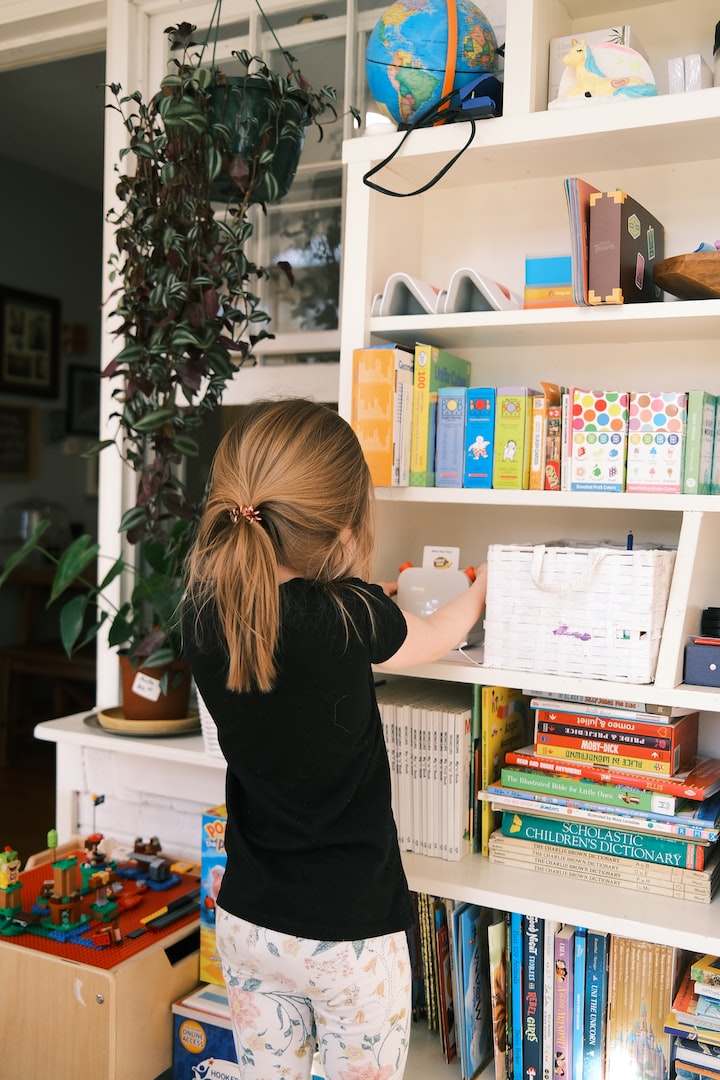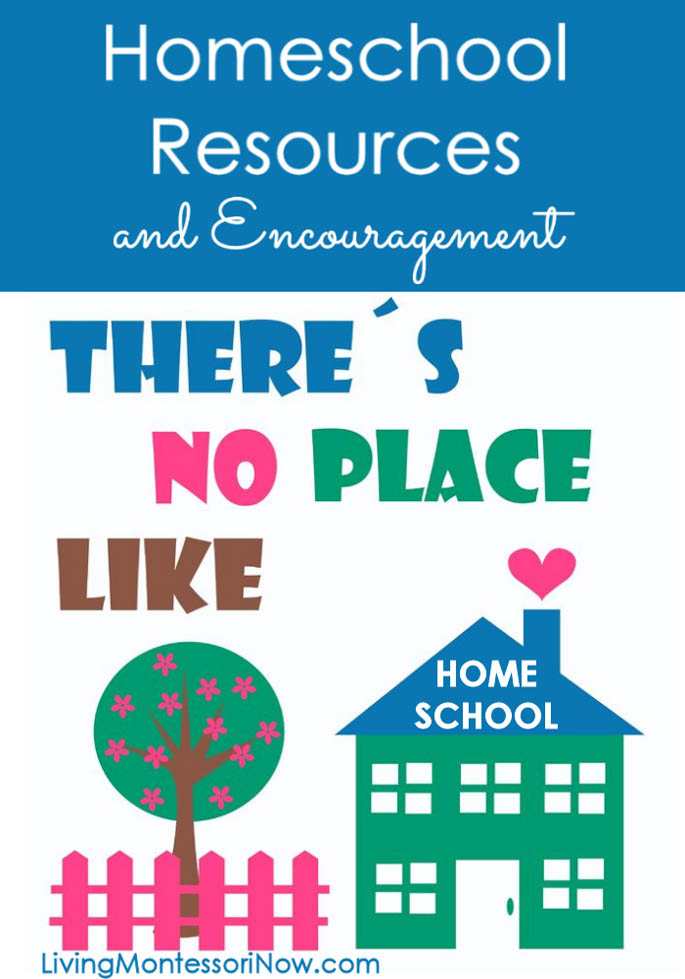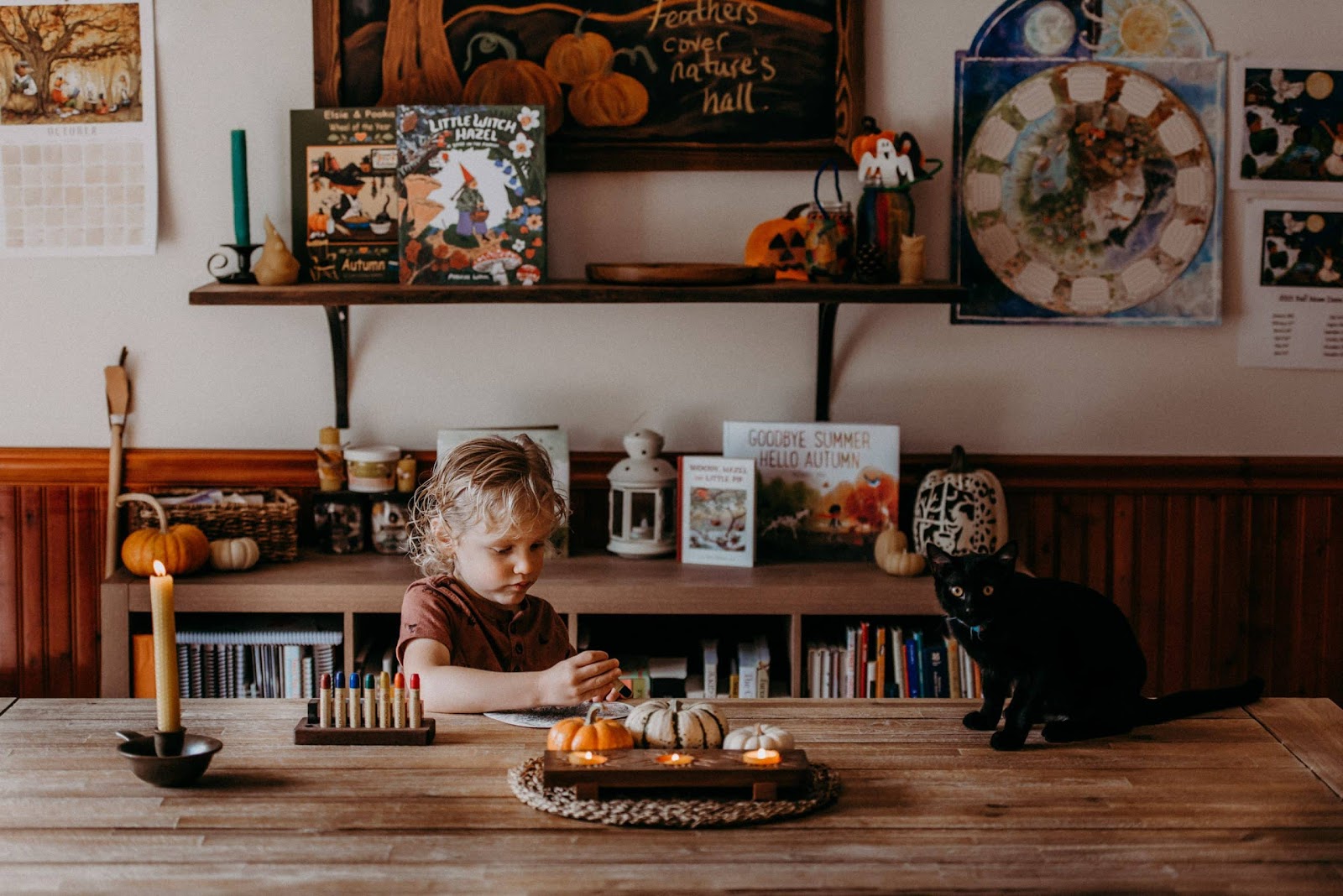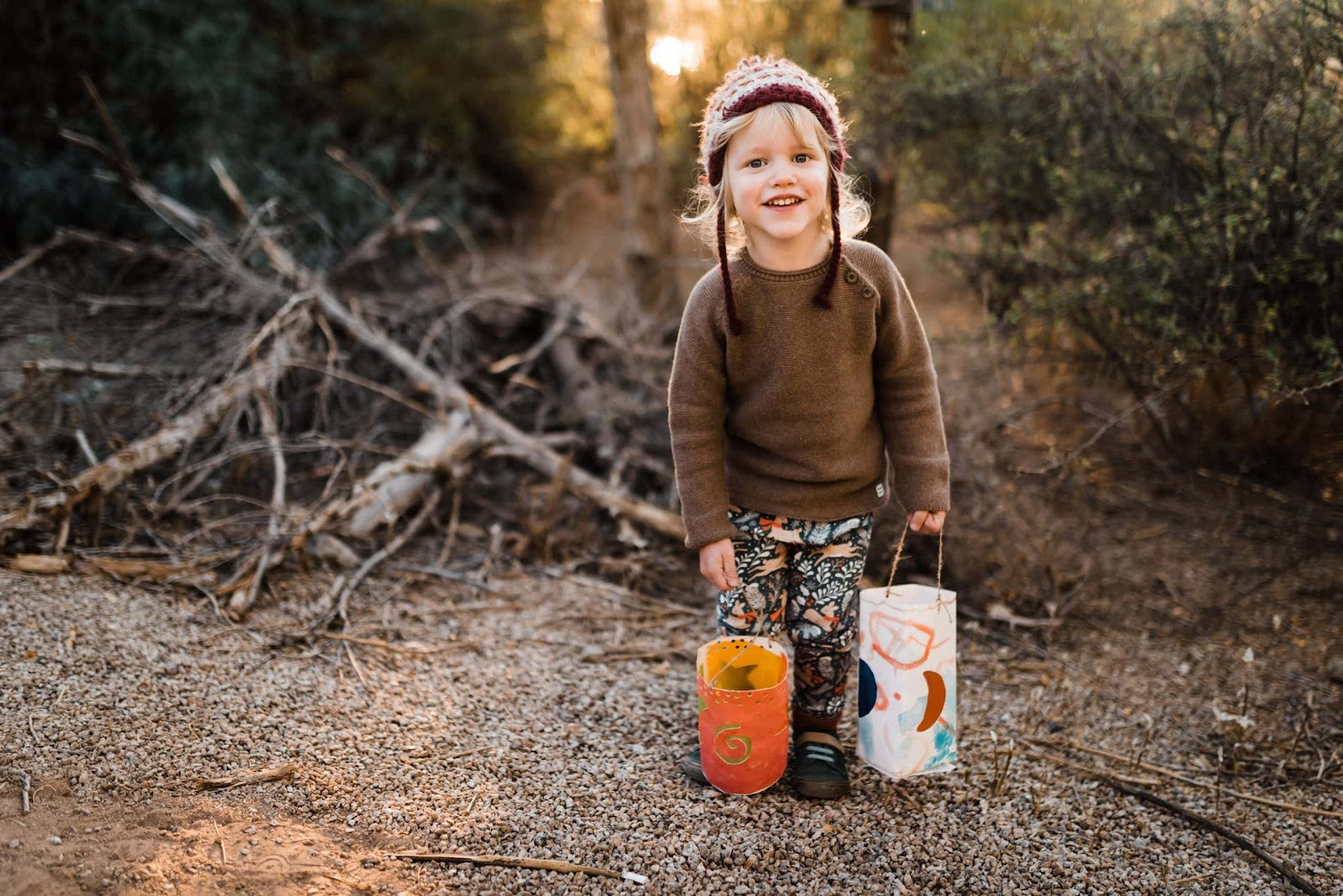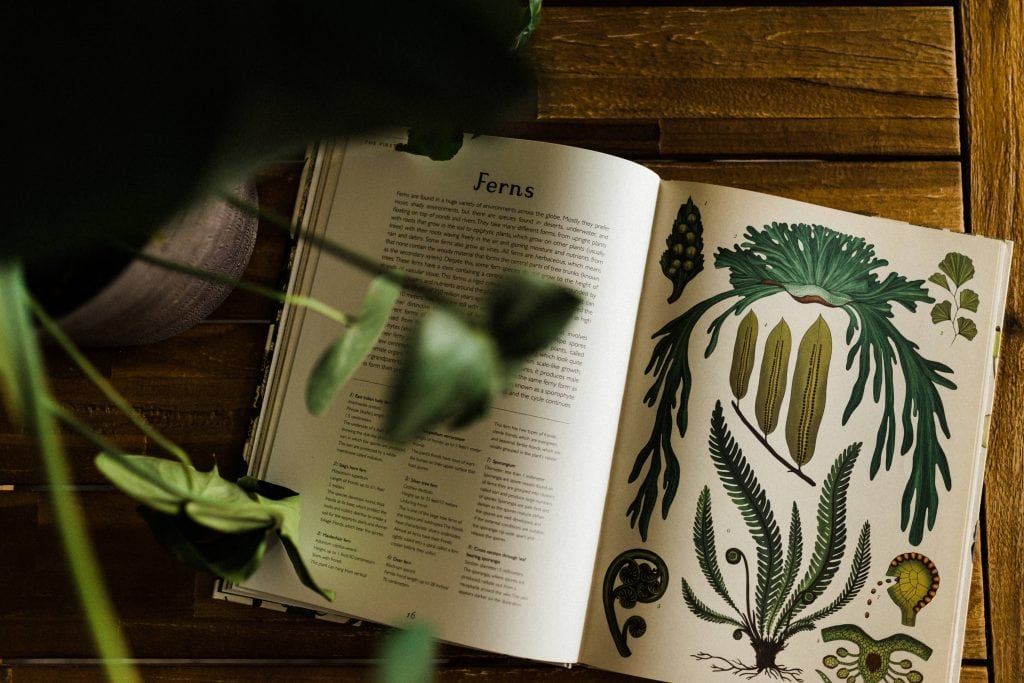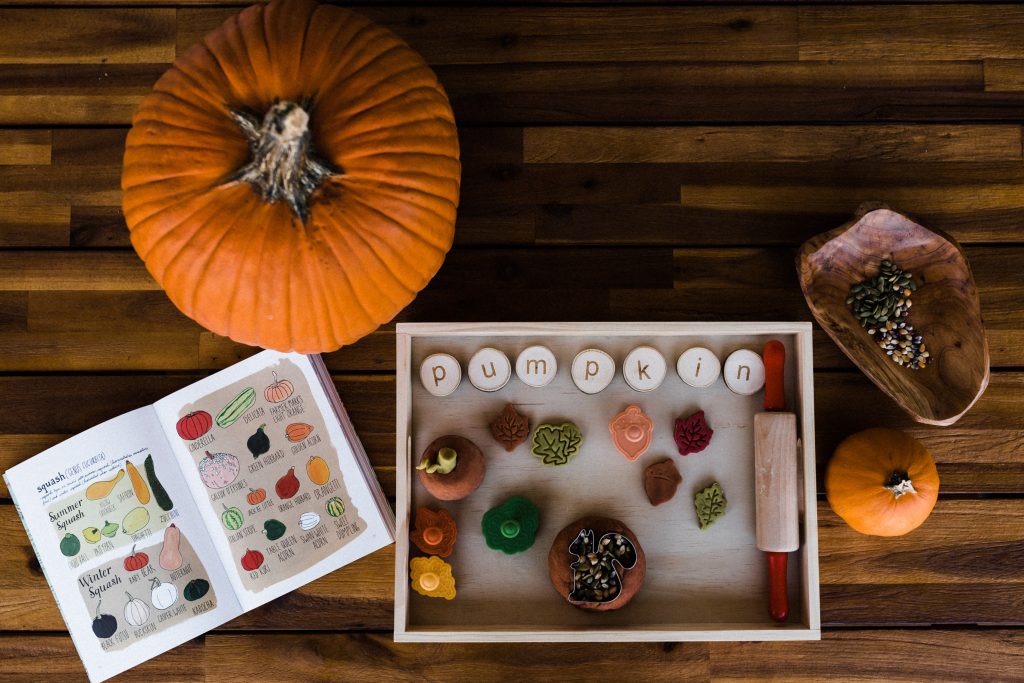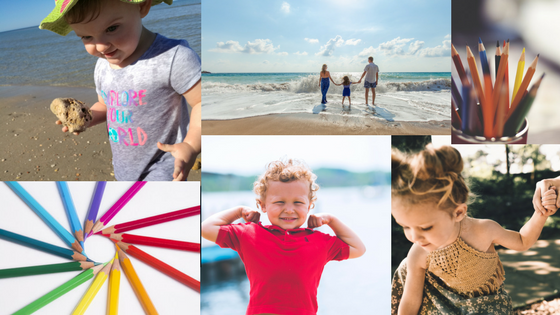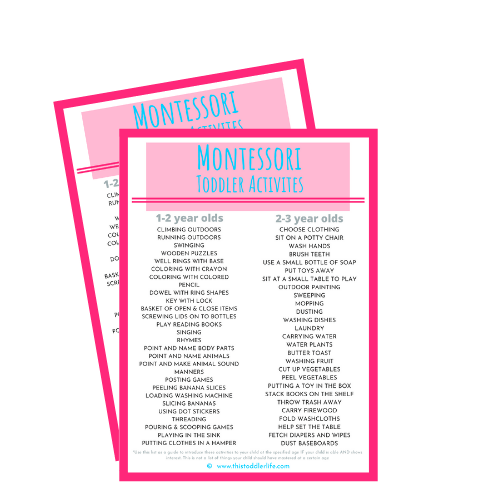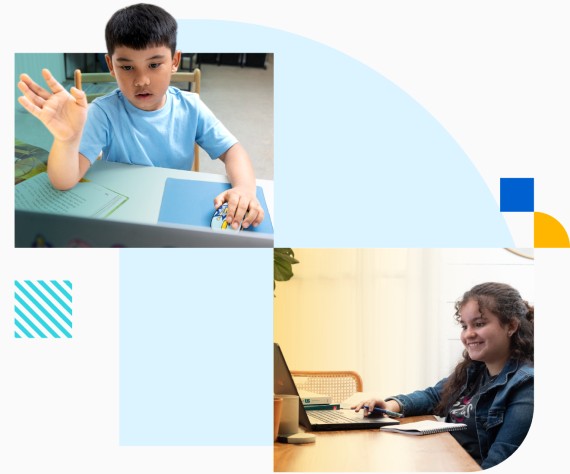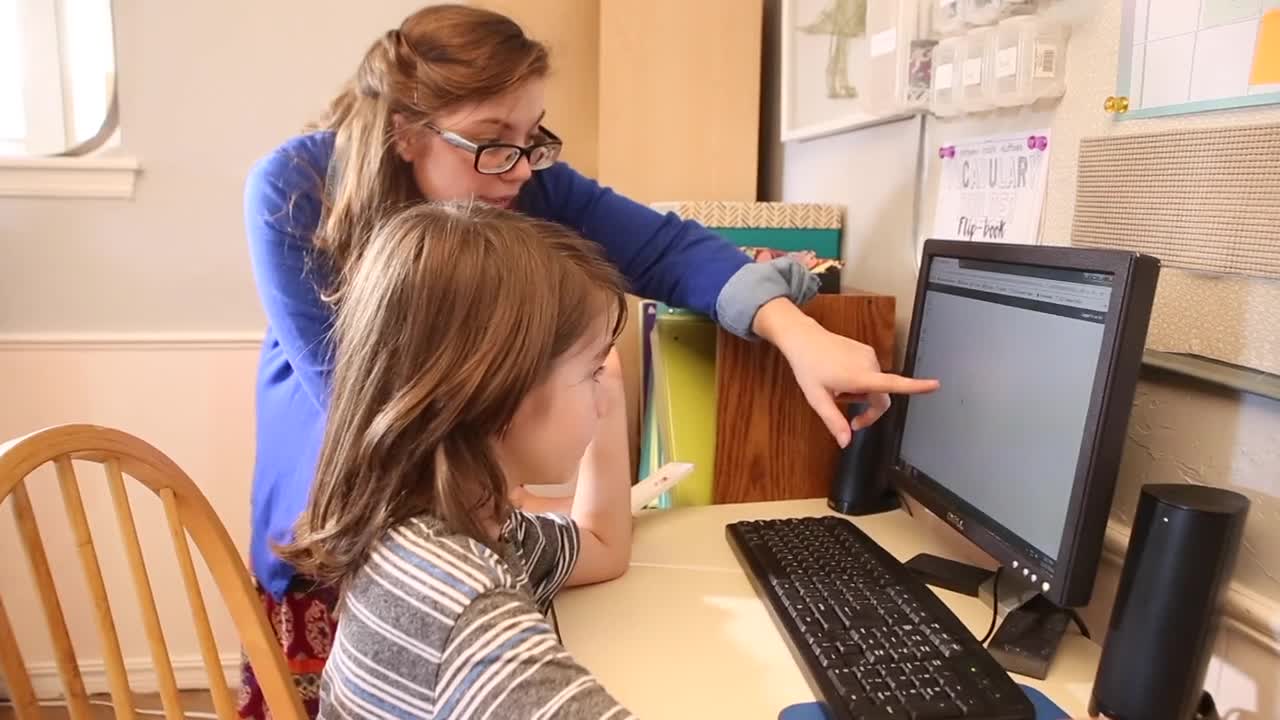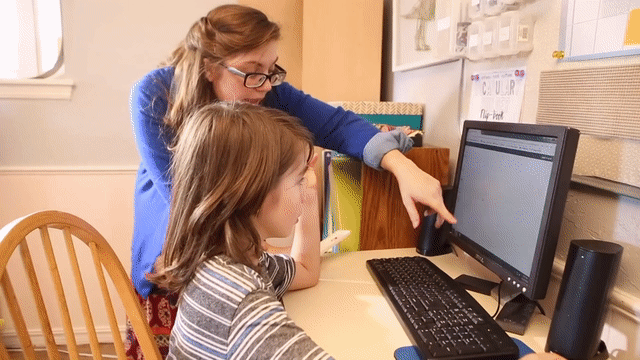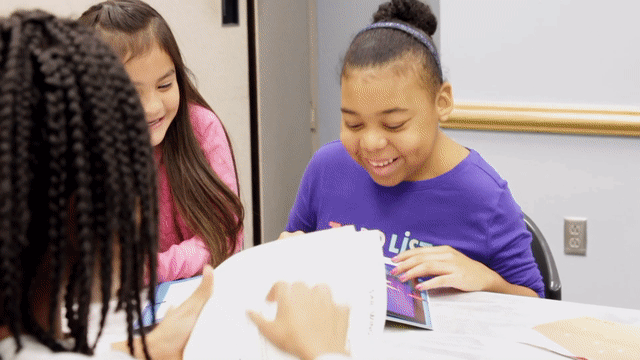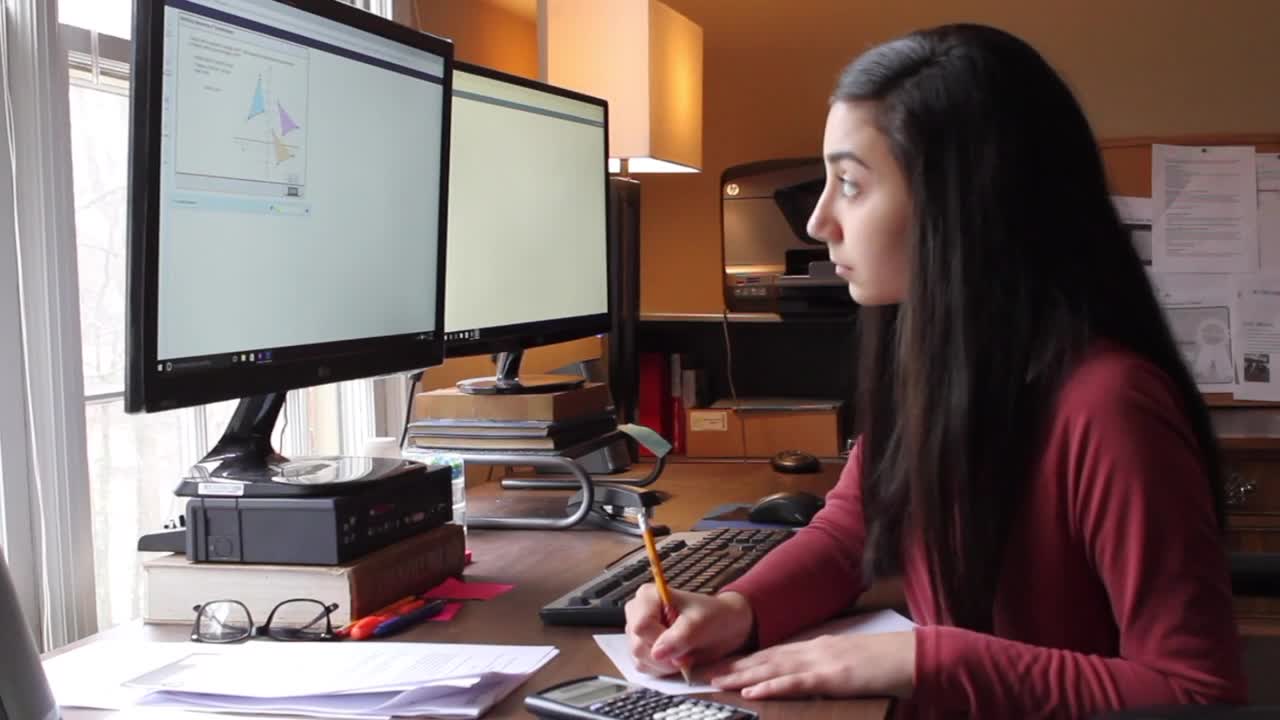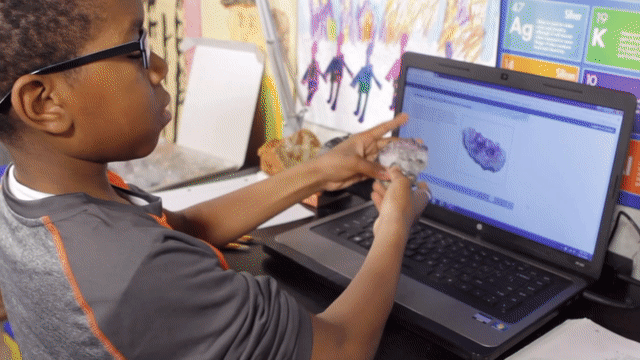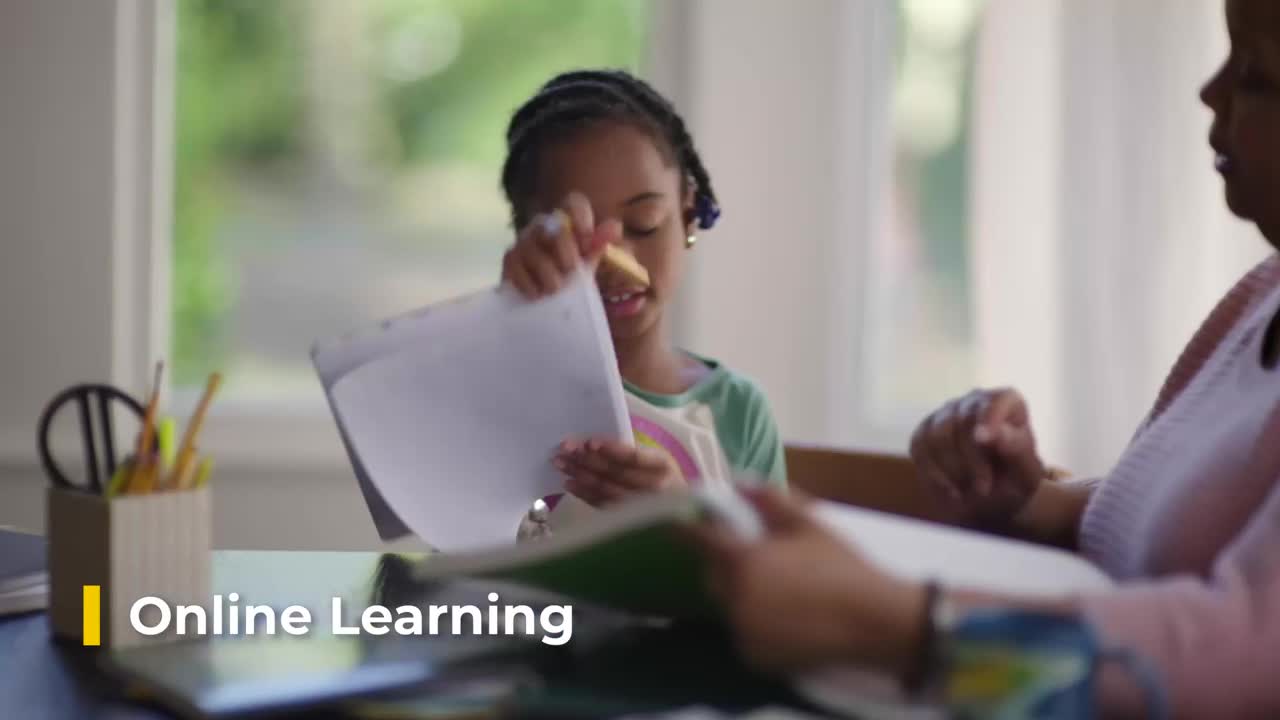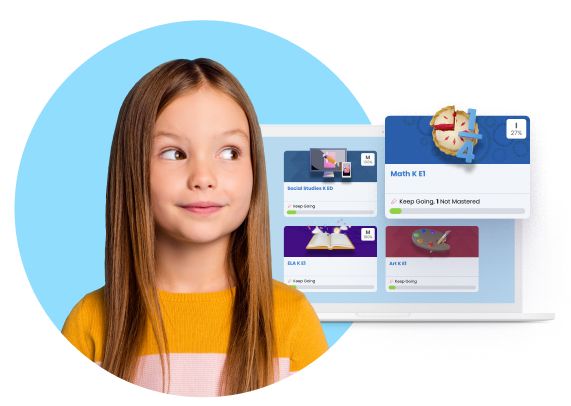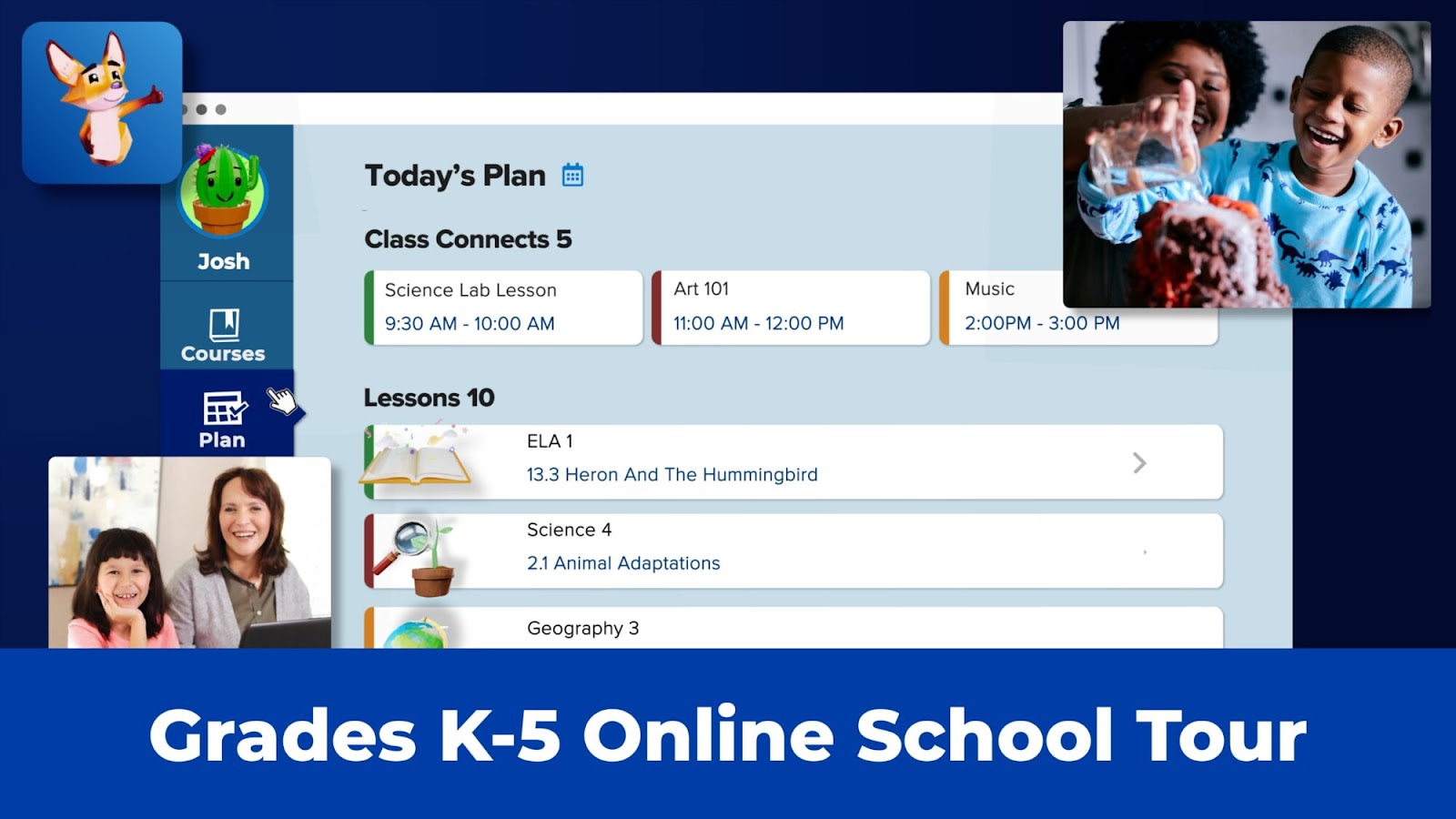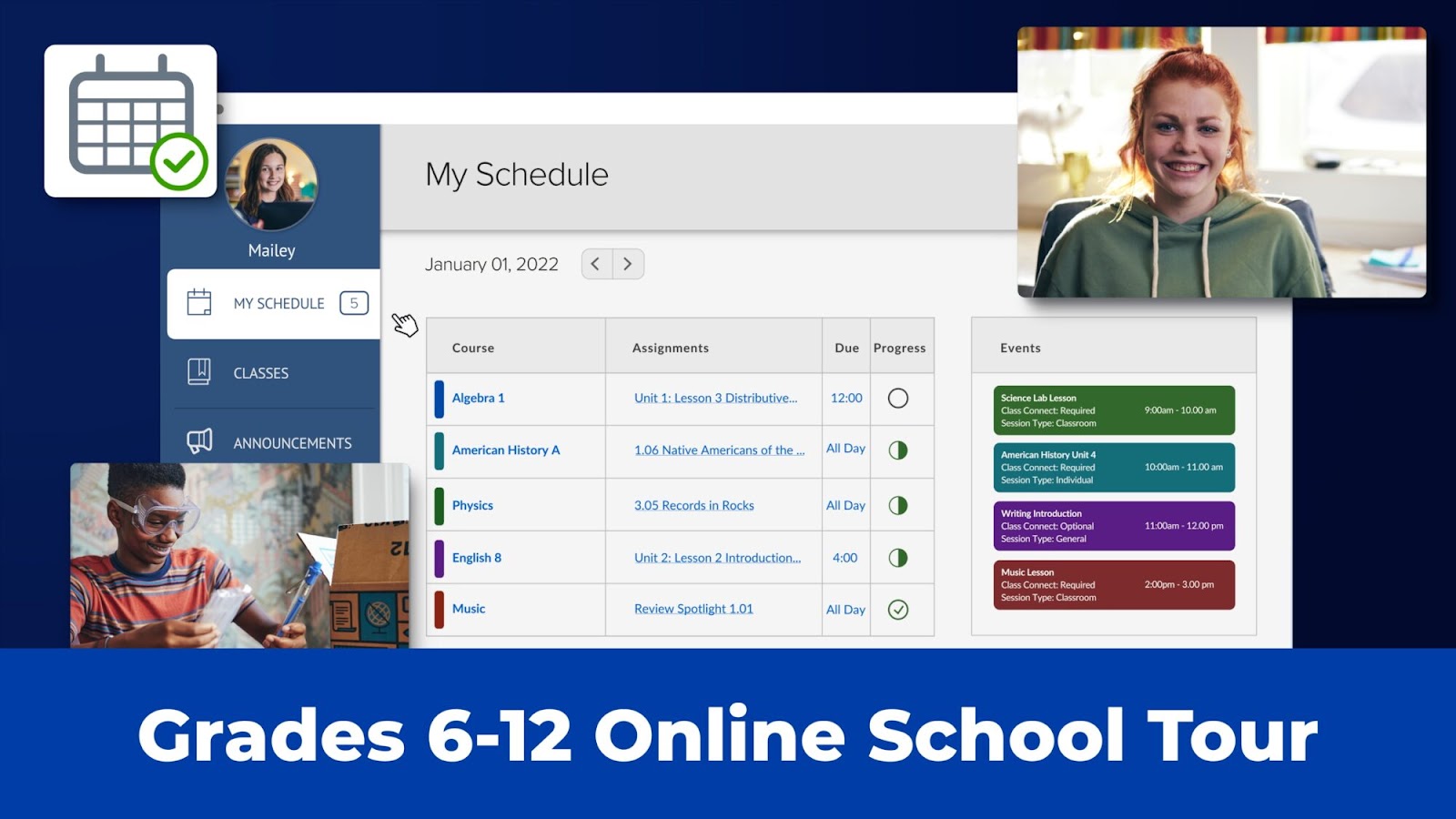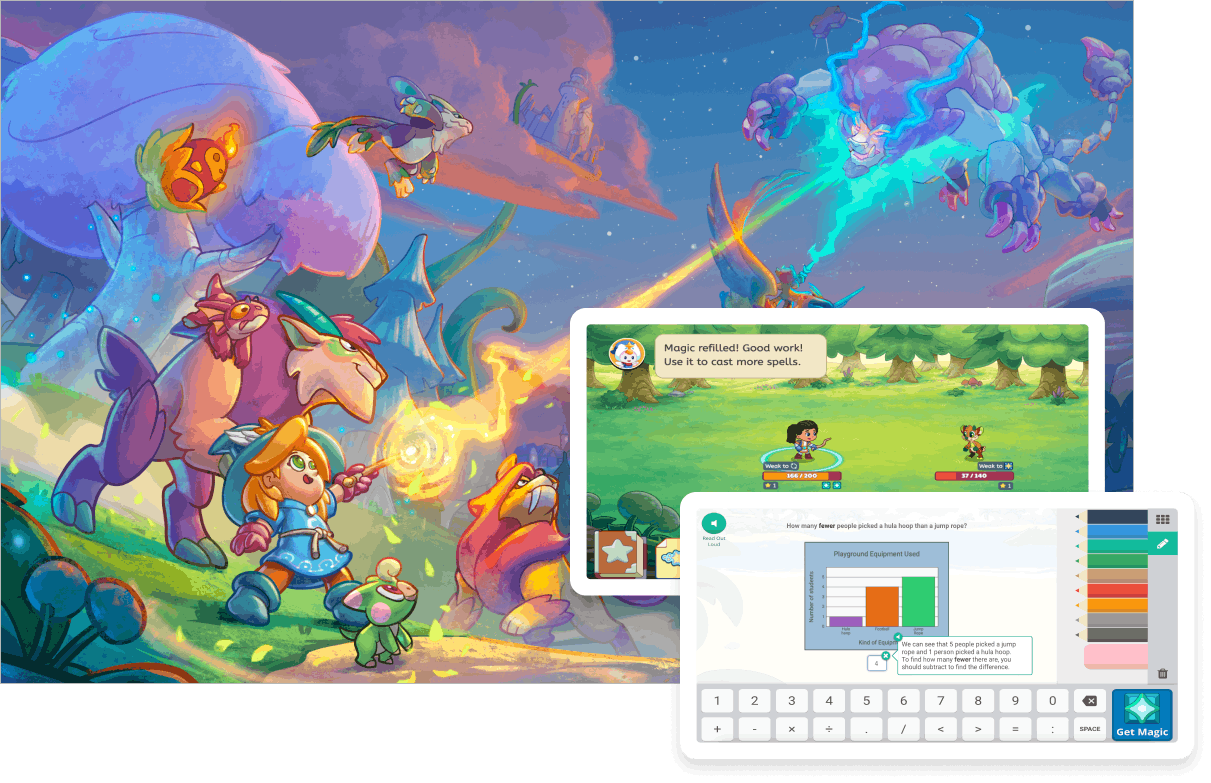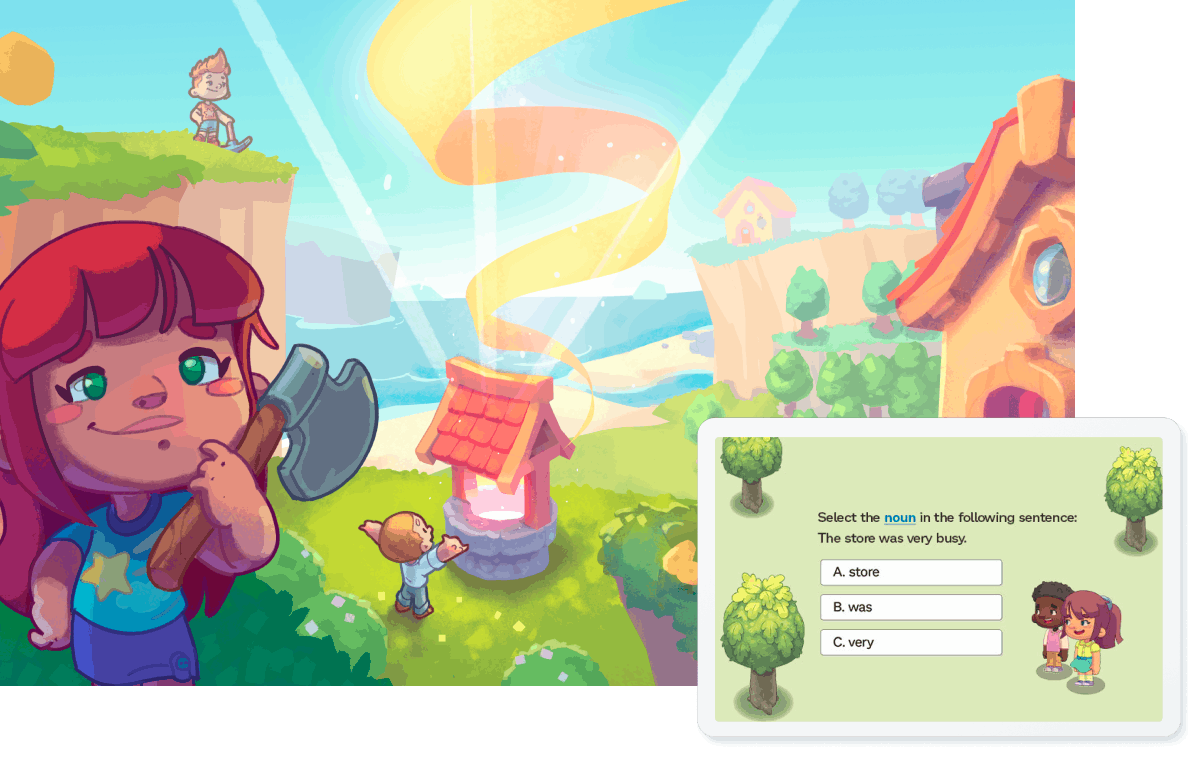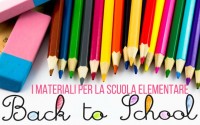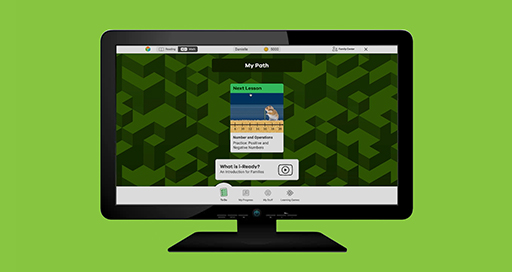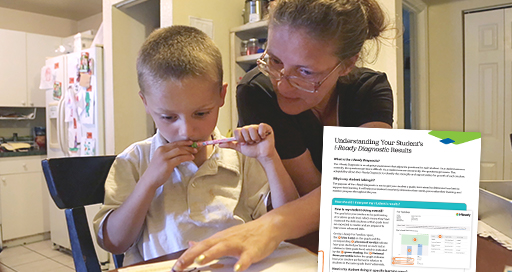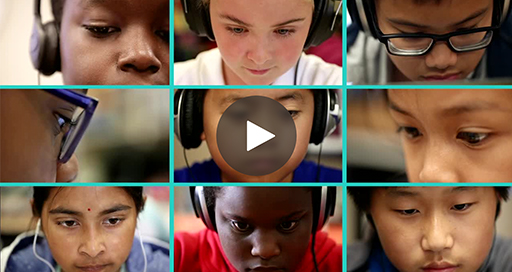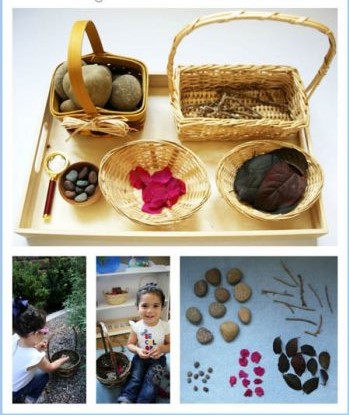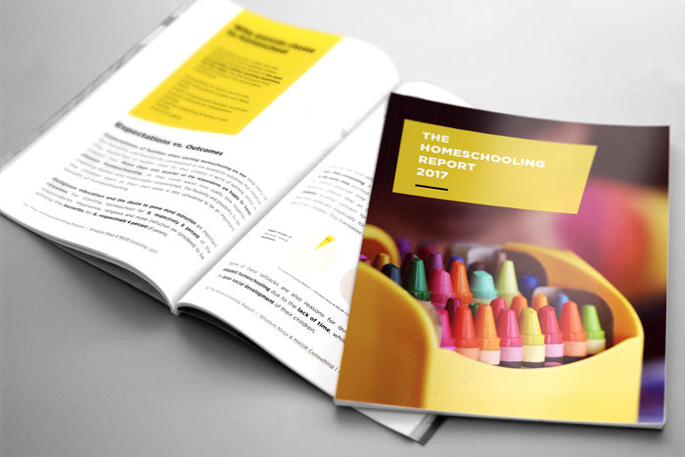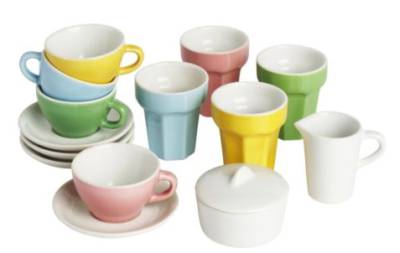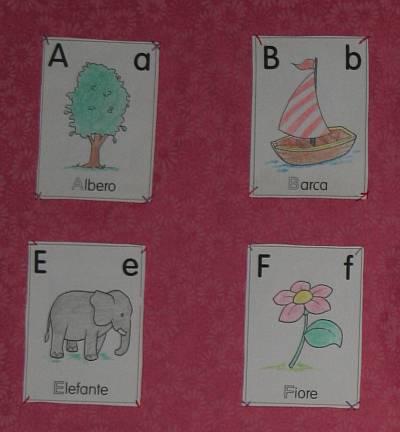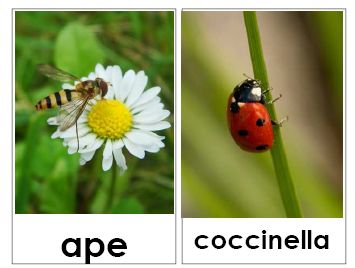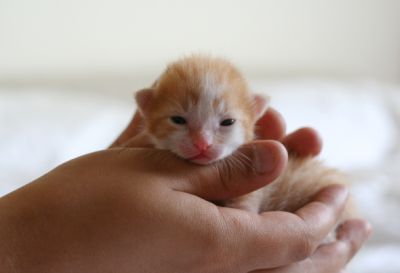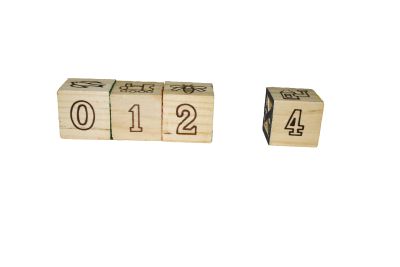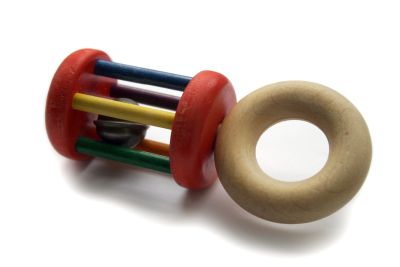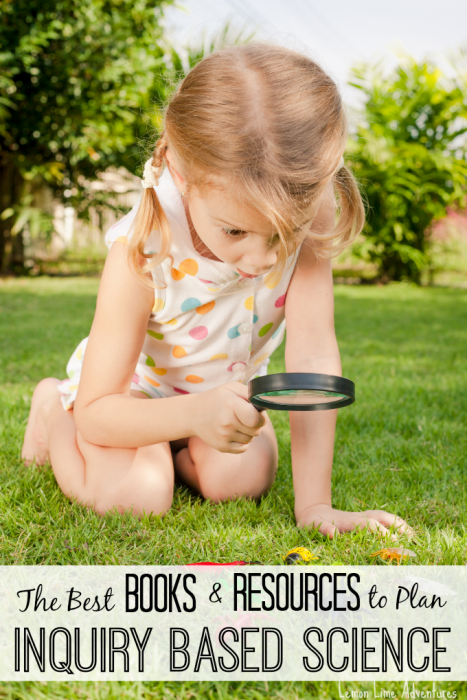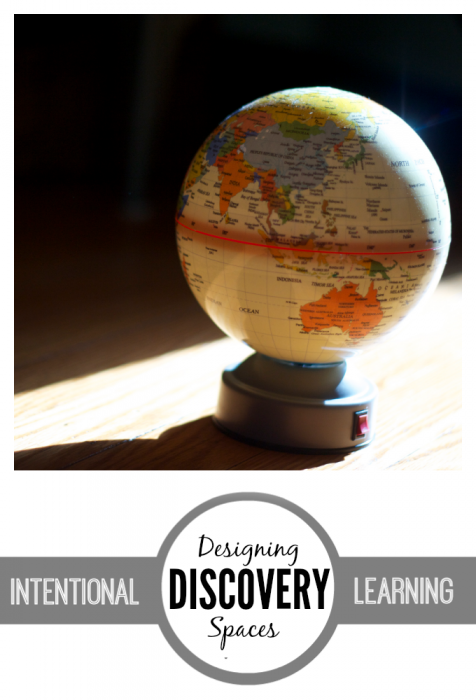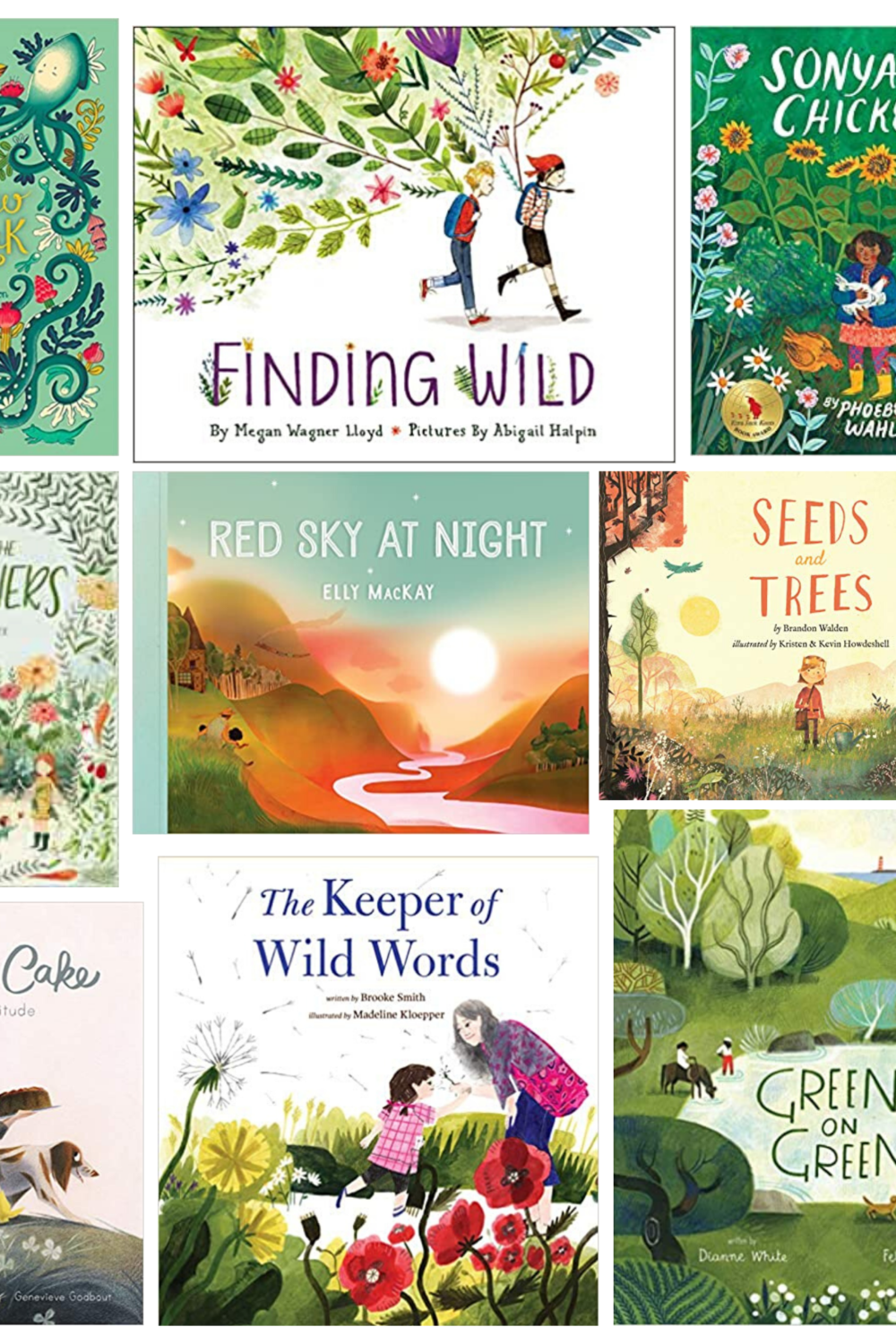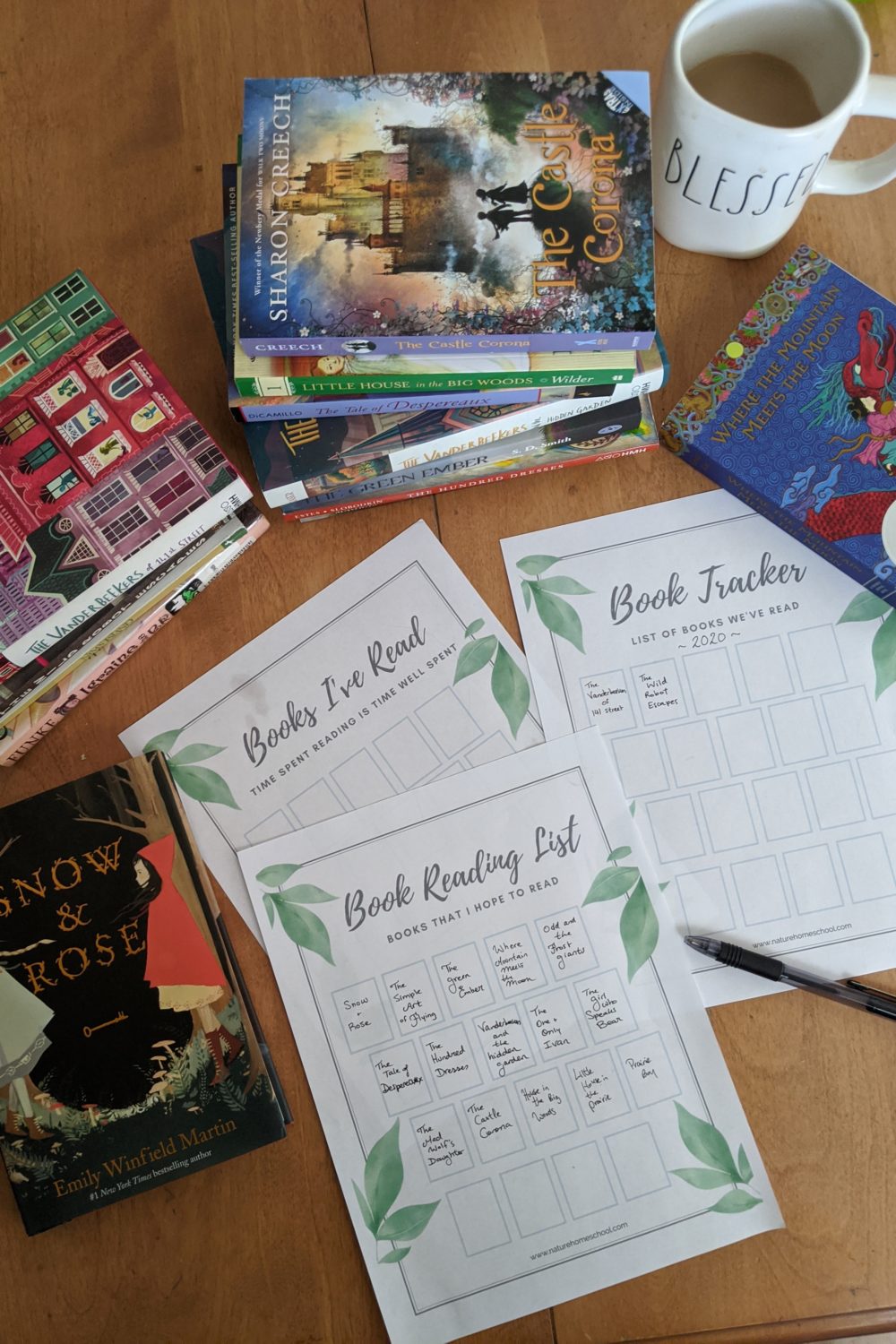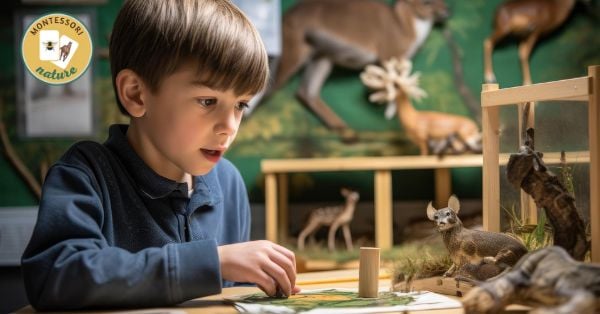Specialty
Penn Foster High School,
Trade School and College
Penn Foster High School,
Empowering Students to Reach Their Full Potential
Penn Foster has an established system, enabling all students to achieve their full potential. Our tools and dedicated social network, insure they acquire the knowledge and skills necessary to succeed and advance in their chosen career, allowing them to provide significant returns to family and community.
At Penn Foster students will benefit from the support of caring and highly qualified instructors, who have professional experience in each subject. We were introduced to it by the Job Corp. Our youngest went from failing public school to being an “A” student despite being a dyslexic ADHDer. Holly Fales BSMA CPN AD
Combined with digital and web-based learning assistants, and an excellent Career Services program, you will select a program that is based upon your own goals and ambition, and then work at a pace that is best suited for you to your own unique situation.
Penn Foster will be there every step of the way, helping you earn your diploma, certificate or degree, and providing you the kind of education that allows you to command your own destiny.
Your Penn Foster program is available on all platforms, so you study anywhere and everywhere; it’s convenient, easy to use, and extremely effective. Now you can study in every free moment, maximizing your productivity.
Here at Penn Foster, we understand how busy you are. That’s why we are the most successful online learning education available. Our high school diploma program is organized into very short, detailed, and extremely manageable lessons. This makes it much easier to complete for those that are working other full-time jobs, or have demanding family commitments. Do a few minutes of a lesson, hit pause, and then return later and sign on, right where you left off. Easy.
Our goal-setting programs are customizable to your individual needs. So, if you are looking for a standard, extended, or even an accelerated program, we will help you set-up and then stick to your plan, just like any good coach would! If you need to make adjustments, no problem at all, you can make changes at any time.
All of our programs have self-checks and flash card reviews built right into the system. These will help you to monitor your progress and to track your learning success. This feedback happens regularly in real time, so you need to ever worry. These checkpoints will give you extra confidence, and assure success on your exams.
By enrolling at Penn Foster you are assured career-focused knowledge and skill-based learning, not just academic coursework. You would begin learning valuable job skills online, and immediately. Our open enrollment policy, means you can enter at any time, from any place your may be, and in minutes you are processed and begin your lessons.
Instead we help you guide yourself at your own comfortable pace. Our goal-setting and progress-tracking tools are key to this design, and are the reason you will stay organized and in control. You will select the study plan that fits your needs, then track your own progress, setting the alerts for due dates of assignments, exams, and student responses.
If you ever have questions or need to communicate with the instructor, you will have their email and phone numbers. At Penn Foster their student support is unlimited, and we encourage you to contact them as often as you need.
At the end of every lesson is a test, what we call an examination. These exams are done through your individual student portal on the Penn Foster website. It’s easy. And after you have submitted your exam online, you’ll quickly receive a grade and instructor feedback. Once your passing grade is registered, you can move to the next lesson, and then the next course in your program.
Upon the completion of your passing coursework, and with all tuition payments completed, you will receive your high school diploma, or college degree, and you will be a certified graduate and alumnus of Penn Foster!
Penn Foster High School Online Diploma Programs
Penn Fosterhttps://penn-foster.com › highschool
Our online high school curriculum is a total of 21 credits, including your basic general education requirements, like English and math courses.
Penn Foster: Accredited College, High School & Career ...
Penn Fosterhttps://www.pennfoster.edu
Penn Foster offers self-paced, affordable programs in our high school, college & career school. Your education is here. Learn about our programs today.·
Penn Foster High school is the chosen program for America's Job Corp Schools as well as other government training programs...
Penn Foster: Accredited College, High School & Career ...
Penn Fosterhttps://www.pennfoster.edu
Penn Foster offers self-paced, affordable programs in our high schoolcollege & career school. Your education is here. Learn about our programs today.
Does Penn Foster High School accept transfer credits from other schools?
Penn Foster does accept credits from previous high schools. To transfer credits for your student, an official, sealed transcript must be sent from the previous school for evaluation. Credits from courses that are equivalent to the Penn Foster curriculum and that come from regionally accredited high schools will be considered for transfer. You can learn more about credit transfer here.
Can my student enroll in NCAA-approved courses?
Penn Foster’s general high school diploma is flexible enough to keep up with young athletes' busy travel and training schedules. They can gain an education that follows them anywhere, allows them to learn at their own pace, and can be accessed 24/7. Hear from one of our student athletes about her experience.
Looking for courses registered with the NCAA? Learn more about the courses offered by Penn Foster’s partner school, James Madison High School, by calling 1-800-961-6407.
Can my student enroll in college after graduating from Penn Foster High School?
Penn Foster High School is an accredited program that allows students to earn a recognized high school diploma. However, acceptance of a high school diploma can vary based on the college or university. No form of accreditation can guarantee that any learning institution or employer will accept the high school diploma. We recommend checking with colleges and universities your student is interested in attending to verify they accept the Penn Foster High School diploma before enrolling into the program. For a list of schools that Penn Foster graduates have been accepted to, click here.
Can my high school student complete all of their work online?
The amount of work that can be completed online varies by program. Some high school programs can be completed entirely online, while others may require physical textbooks.
Do I need to purchase textbooks for their online classes?
No! Most of the coursework is easily accessible to the student through their student portal. The majority of study guides and materials are provided online for a mobile learning experience. For courses requiring textbooks, students will receive access to digital eBooks at no extra cost.
Before enrolling your student in Penn Foster High School, we advise checking with your school district or board of education to verify what steps you need to take to provide proof of enrollment. Penn Foster doesn’t contact your district, so parents are responsible for ensuring any necessary paperwork is completed to prevent truancy.
Does my student need to take standardized exams or pass a state-mandated test to graduate?
No! In order to graduate, your student must simply complete and pass all courses and assignments, and tuition needs to be paid in full to receive their official diploma. While some states do require graduation tests before awarding diplomas, Pennsylvania, where we’re licensed, does not. Standardized testing is not required in our curriculum, though parents can choose to pursue that for their students outside of Penn Foster.
Want more information about this program?
Penn Foster is here to help. Call 1-888-427-6200 9AM - 9PM ET

What is Wildschooling?
The Complete Guide to Outdoor Learning;
How does wildschooling differ from Forest School, the Reggio Emilia Approach, Earth Schooling, Waldorf, Charlotte Mason, Self-Reg, permaculture, peaceful parenting, deschooling, unschooling, 8 Shields Model, etc? Our complete guide to wildschooling breaks it down for you.
... more
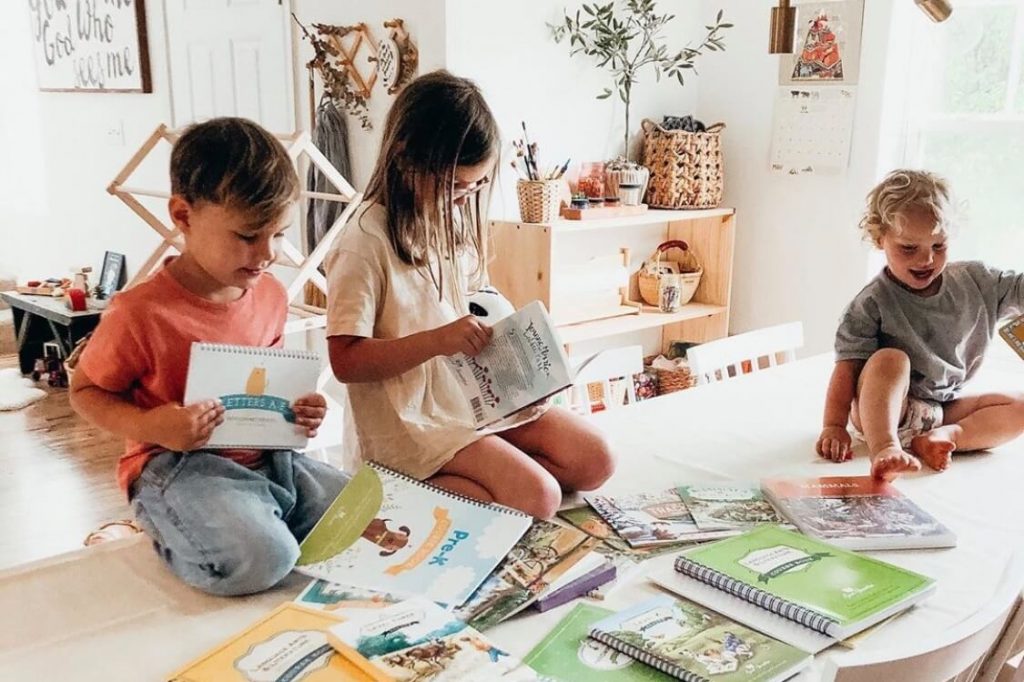
Uncategorized
Forest school activities
Welcome to an index of forest school activities. Here you will find a ready-made nature curriculum, forest school lesson plans and free printables for teaching forest-school style lessons.
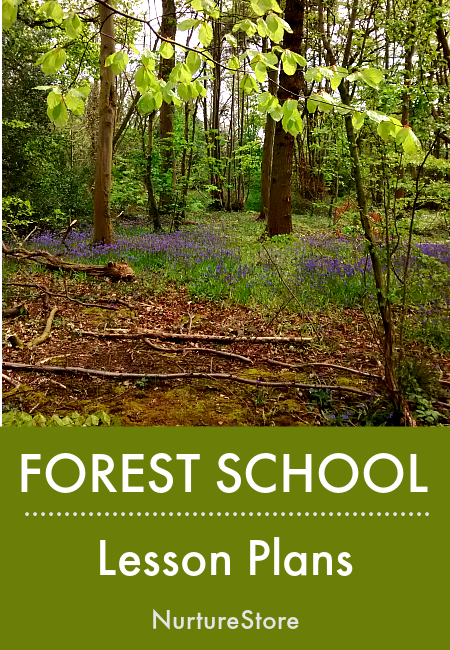
Forest school resources
Forest schools are a strong alternative or accompaniment to traditional schools. From physical to mental health, and academic to practical skills, there are many benefits of forest schools.
Whether you are a parent, teacher or forest school leader, if you are looking for forest school ideas, you’ve come to the right place. We have a wide range of nature-based lesson plans and activities you can use with your children, whatever the weather. Our best-selling The Forest Classroom: a beginner’s guide to forest school and Nature Explorers: Forest are also packed full of ideas to help you take your learning outdoors.
Choose the type of resources that best suit your needs: save time with our ready-made teaching kits or use our index of individual lesson plans to create your own DIY programme.
Create an outdoor learning environment
Tips and tricks for setting up outdoor learning expectations
Take advantage of outdoor learning spaces
Safety while learning outdoors
View nature as an outdoor lab
Nature is one of the most rich and inviting science labs that you can come across. And the best part about it? It’s free! If you can change your thinking and consider the possibilities of nature as an outdoor lab, you will transition well to using outdoor education in your elementary classroom.
Nature isn’t just an outdoor lab for Earth and life sciences either, it can be used across the board for all sciences and for other subjects as well. Why is nature such a perfect lab space? It is ever changing, providing more opportunities to work together to learn. It also has a natural ebb and flow that is created by cause and effect relationships in nature; these natural rhythms will provide your students many opportunities for critical thinking, experimentation, and analysis.
Nature based learning
Nature based learning is a similar term to outdoor education, with a slight difference. As stated earlier, outdoor education is the intentional learning that takes places outside of the classroom and typically in nature. Nature based learning, however, is an educational approach that uses nature and natural elements as a vehicle for learning. Essentially, nature based learning uses nature, its elements, and its phenology to teach the standards assigned to each grade level.
This type of learning takes more time to set up since your curriculum would need to be written around your community’s nature. That being said, combining elements of nature based learning and outdoor education can positively impact your students and help you reach those benefits of outdoor education we discussed earlier.
How to teach outside
So now that you’re convinced that you should embrace outdoor education, and maybe some nature based learning, how are you supposed to teach outside? Remember to set up those rules and expectations before you venture out and make sure to practice them with your students so that they know how outdoor learning is different from indoor learning.
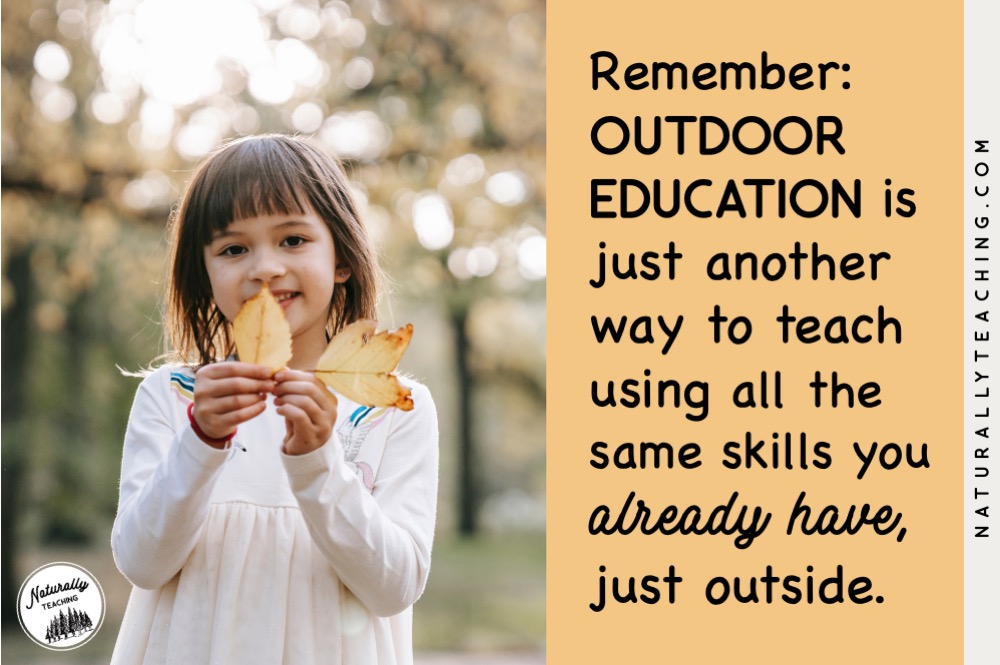
Don’t let outdoor education intimidate you – you have all the skills you need!
It’s also helpful to find a term that you want to use to refer to your outdoor learning time. Some examples include exploration, nature science, outdoor science, etc. When your student first go outside, they may associate the outdoor learning time with recess and free-playing; having a specific name for your outdoor learning time will help them understand that there is a difference.
Use the term you pick in your class schedule for the day and also while you’re outside to hold your students accountable. That being said, early childhood learners benefit from free-play.
Setting aside some time at the end of each outdoor session will develop a predictable routine which will allow them to focus better during your lesson and will help their overall development.
Safety while learning outdoors
The safety of learning outside is probably the most intimating part of taking students out to learn. Consider these points as you decide ways to keep your students safe.
Use natural boundaries to keep your students accountable for their safety. Natural boundaries include things that are very easy to see like sidewalks, fences, buildings, logs, playground lines, etc. When you begin each outdoor lesson, share with your students where they are able to go by walking around the boundaries or using very distinct and obvious markers. If you use the same space repeatedly, they will get into the habit of remembering the boundaries you’ve set. As the teacher, it’s best to select a space where you can see all children at all times with no blind spots. Make sure to count them repeatedly.
Share your safety expectations with your students. If your school is against climbing trees, remind your students of that at the beginning of your lesson. Remember that early childhood learners are not able to remember very many things at one time so try to keep it to simple rules like “keep each other safe and nature safe”. Then have them brainstorm ways that they can follow that rule. Have your students repeat the rules at the beginning of your lesson and hold them to them.
Make sure to carry a first aid kit with you while you’re outside. You may run into a situation where a student needs a band-aid, and it’s best to have it on you instead of having to take the entire class back inside to grab one; we all know how hard transitions can be! You should also have your cell phone or a walky-talky so that you can get in touch with the front office in case of emergency.
Have your students use the bathroom before going outside. Many teachers do not have support like a para-pro, so it’s important for all of your students to stay with you while you’re outside. Keeping track of the number of students you have with you is one of the best ways to avoid safety issues.
Learning outdoor activities
There are a variety of learning outdoor activities that you can use outside to benefit your students. I’m going to break down five different activity types but feel free to use your creativity and imagination to come up with other ideas to teach your curriculum in a new way (and then come back and let us know about it!). As you spend more time outside and your students get used to the routine, you can start to combine some of these ideas into the same lesson plan.
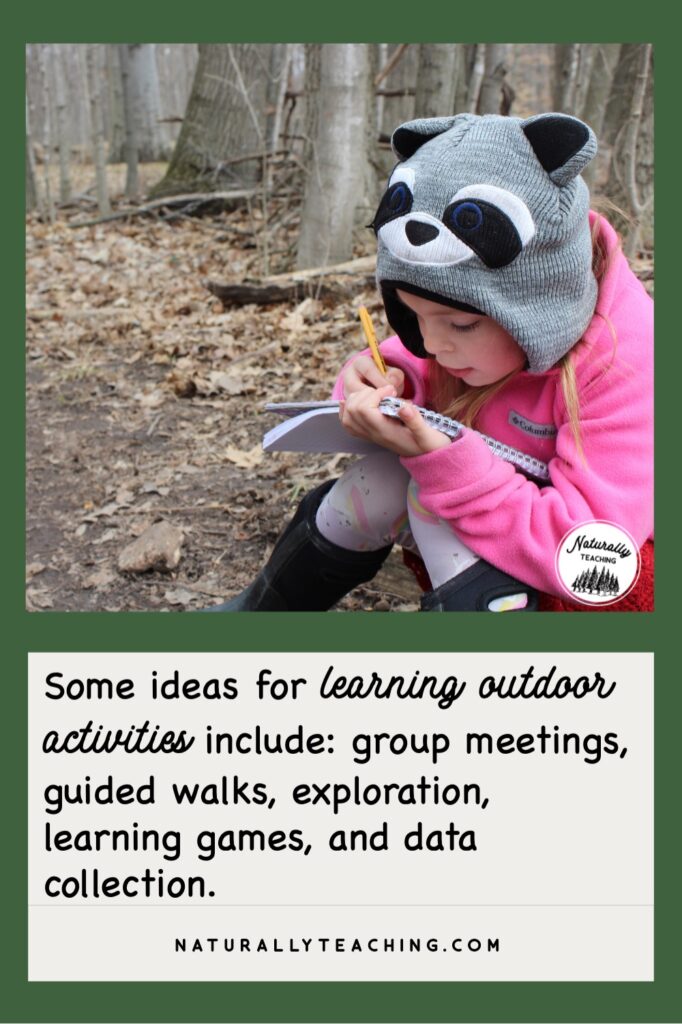
Science notebooking is a powerful activity that can take place during or after any of the listed activity types.
Group meeting
Having a group meeting at the beginning of each day. These meetings give you a chance to introduce the concept for the day and gives you space to provide your students directions. If you can swing it, try to use the same meeting spot for these group meetings.
Reading a related picture book in the group meeting space is always a great way to start off an outdoor lesson. Keep this part of your lesson brief though, about 5-10 minutes at most so that you can get to the experiential part of your lesson.
Guided walk
Guided walks can be useful if you want your students to experience the same thing at roughly the same time. Some guided walk lessons could include finding textures in nature as you walk down the sidewalk or looking for seasonal signs in pairs while walking through the schoolyard.
These opportunities resemble more of what’s happening inside your classroom and could be used as a good transition into outdoor learning.
Exploration
Exploration-based activities can be very powerful for children’s learning, especially early childhood learners. Some exploration-type lessons could be scavenger hunts for living and nonliving things in your schoolyard or gathering leaves for comparison of shapes and colors.
Not only can these types of lessons develop a sense of responsibility in your students, but they can also give you the unique opportunity to check in on your students independently as they make their way through the activity you laid out.
Learning games
One of the most powerful ways to use the outdoors for learning is the use of learning games. When concepts are gamified, they build a different understanding in your students’ brains because they are experiencing the phenomenon firsthand, or they are creating a memory that they can call on later to remember the information.
Some learning games could include relay races of frog life cycles or living vs nonliving things. My favorite games are ones that put your students into the role of the concept like Bear, Bear, Are You Awake? (original source unknown). This is a game about a sleeping bear which helps teach the concept of dormancy in animals during the winter.
Data collection
Being in the outdoors gives you a wonderful opportunity to collect data. This scientific skill is sometimes hard to come by naturally in the classroom, so take advantage of your schoolyard or greenspace to provide you with things to count, tally, measure, and more. Some examples include taking temperatures outside, measuring the height of plants, taking animal surveys, and more.
Remember, this is just a short list of learning outdoor activities. You’ll find new and creative ways to spend your time outside with your students as you practice going out more and finding out what resonates with your kids. Just keep in mind that mixing up activity types will reach more of your learners and will keep things fresh and exciting, upping your engagement.
Outdoor learning equipment
Teachers already have too much of a burden on their shoulders to supply learning materials and equipment…adding outdoor education to your educational practices shouldn’t add a financial burden to you as well. You can learn outside without any special kind of outdoor learning equipment.
That being said, there are some things that are nice to have on hand, a lot of which you can find at garage sales or could acquire through donations from parents or local businesses. I’ll break down some of my favorite outdoor learning equipment and the reason I find them so valuable.
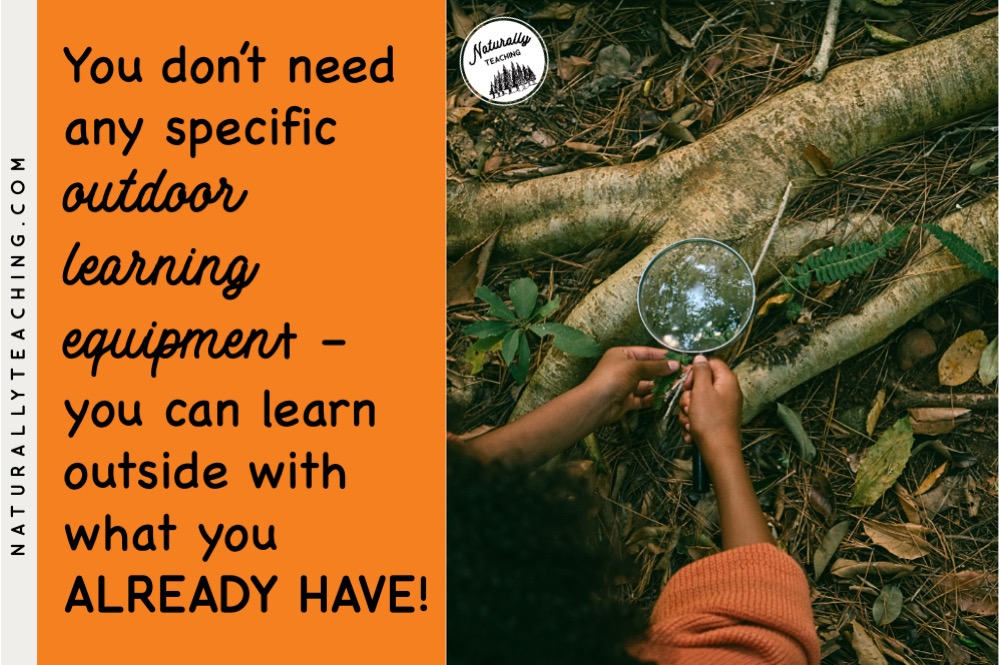
Don’t let the idea of needing new equipment steer you away from outdoor education – you have what you need and you can always supplement later on.
Foldable wagon
Sometimes you will have a lot of stuff to take outside with you for your lesson – think science notebooks for each kiddo, drawing utensils, game materials, etc. Having a foldable wagon on hand is very helpful. Not only will it collapse and be stored out of the way, it will also be an easy way to prep your materials so that you don’t have to run around wondering if you have what you need. Having waterproof material in the wagon is a bonus, especially if you plan to explore ditches, ponds, or creeks near your school.
Game materials
Playing learning games outside will help your students better understand your material, but sometimes those games will take props. Some reusable and transformative props include poker chips, ropes, poly spots, and cones.
Poker chips are great loose parts that can become food for hungry animals, data collection tools, pollen from flowers, and more. It’s nice to have multiple colors in case you need to designate different aspects of learning through the different color chips.
Ropes and cones are helpful for identifying boundaries. Ropes are light and provide a nice defining boundary that can extend for a long distance. Cones are tall and can help define boundaries with a quick glance. It’s nice to have different colors for these as well in case you are defining boundaries with different teams. Combining ropes with cones is helpful because cones are tall and can be seen while away from the boundary line while ropes can extend the entire length of your boundaries.
Poly spots are great for defining individual spots for students or for creating obstacles in an obstacle course. It’s nice to have these in different colors as well just in case your game calls for different colored teams. These tend to be heavy so having them in a backpack or in your wagon may be the best way to transport them.
Alternatively, I have seen teachers collect milk jug lids to use in place of poker chips and I’ve seen tall jugs filled with sand to be used instead of cones. Get creative and find ways to save yourself some cash while also getting the benefits of these game materials for your class.
Bug boxes and butterfly pavilions
Although these tools are labeled as being bug and butterfly specific, these exploration tools are helpful not just for invertebrates, but for collecting a variety of items from nature. I have used bug boxes to collect different levels of the food chain, living and nonliving things, different colored things, and so much more.
These bug jars tend to be sturdier than some of the others on the market and their magnifying glass at the top is helpful for closer observation. These bug boxes are a decent alternative, but the bottoms are more fragile and tend to crack easier. If you do acquire bug boxes that have a separate lid and bottom, remind your students to hold one in each hand unless their box is closed in order to keep your bug boxes as a unit.
A good butterfly pavilion is nice for flying insects but can also be helpful for imaginative play or collection of *soft* natural items. They tend to be collapsible and easy to transport for outdoor exploration. This style of butterfly pavilion is nice because it has one easy to open side door. There is also this type of butterfly pavilion but I have noticed that the wire ring at the top ends up poking out and ruining the integrity of the equipment after a few years of use.
Alternatively, you could get a bunch of reusable plastic containers from a thrift shop, a dollar store, or a garage sale and poke holes in the top for animals to breathe, and call it good. Plastic containers can work pretty well if you’re working with a small budget and/or no help from administration or donations.
Field guides
Believe it or not, many children get into identifying what they are finding when they are outside exploring. Field guides are such a helpful tool for your inquisitive learners that want a name for everything. These books can add up, so check your Scholastic catalogs to see if they have any at cheaper prices, or see if there are any local book stores willing to donate a handful, you really don’t need many.
Alternatively, you could work with your students to create their own field guides on the computer and make field binders that they could take outside. Also, if you have access to an iPad or you have the okay from administration to use your phone, you could download the free app Seek by iNaturalist to help you identify what you’re finding with your students.
Hopefully after reading this article you have a better understanding of what outdoor education is and how it can help you and your students in your educational journeys. Although it may sound intimidating at first, take it slow and see if it fits you and your students. Feel free to send me an email or send me a DM on Facebook or Instagram if you need any tips or you want to celebrate a success! I’d love to hear from you.
Bibliography
LEAF Program. (n.d.) Outdoor Education. Research Summary, 1-4. Retrieved from https://www3.uwsp.edu/cnr-ap/leaf/SiteAssets/Pages/School-Forest-Research/Outdoor%20Education%20Research.pdf
Forest School Activities Index
You can use this index to find what you are looking for and plan your forest school lessons. You can use these quick links to jump to our forest school categories: Arts and Crafts, Beginners Guide Basics, Literacy Activities, Math Activities, Plant Activities, Science Activities, Ready-made Curriculum, Wellbeing Activities..
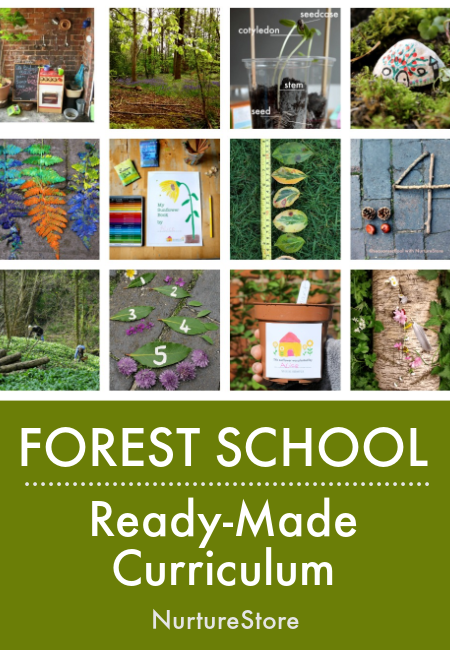
Ready-made nature curriculum and forest school books
You can save time and teach better using our ready-made curricula and teaching kits. These give you complete programmes to teach forest school activities and nature study: open them up and you’re ready to teach! They include thoughtfully-curated lesson plans and free printables to give your children a broad programme of hands-on, creative learning. Choose your first kit:
The Forest Classroom: a beginner’s guide to forest school
The Forest Classroom is a practical beginner’s guide to running a successful forest school. It includes lesson plans, activities, and fantastic printables that make it easy for you to teach a nature-immersed curriculum.
Nature Explorers: Forest
Nature Explorers: Forest is the perfect way to add reading, writing, drawing, and science to your forest adventures.
The Complete Seasons School Year
The Seasons School Complete Year Program gives you a complete program of spring, summer, autumn, and winter learning, combining nature study, math, science, literacy, arts and crafts, sensory and play, recipes, and more.
The Spring Teaching Kit
The Seasons School Spring Curriculum gives you everything you need for spring learning, all in one place, based around the themes of eggs, birds, seeds and shoots.
The Sunflower School Teaching Kit
The Sunflower School curriculum is a full programme of learning, in rhythm with the natural growing cycle of sunflowers. It’s the perfect way for schools, families, and gardening clubs to include science, math, literacy, art and more into gardening with children.
The Autumn Teaching Kit
The Seasons School Autumn Curriculum gives you everything you need to teach a fall nature curriculum based on the themes of apples, pumpkins, leaves and twigs.
The Winter Teaching Kit
This 21 Day Winter Activities Countdown is one part educational curriculum, one part seasonal celebration, and one part family memory making. With a winter activity for each day it gives you a complete programme of nature, science, literacy, arts and crafts, sensory, and play.

Beginner’s Guide Basics
What is forest school?
For curious parents, teachers thinking about enhancing their provision, and anyone wondering about this unique way of learning, let’s answer the question: what is forest school?
What are the benefits of forest school?
Forest schools are a strong alternative or accompaniment to traditional schools. From physical to mental health, and academic to practical skills, let’s look at all the benefits of forest school.
Forest school lesson plans :: how to open the session
Use these ideas to plan a welcoming forest school session – includes free printable forest school welcome song!
Simple nature walk rules for children
Follow these simple nature walk rules for children so you can connect with nature and enjoy your time outdoors safely and respectfully.
17 easy nature walk ideas for children
Nature walks with children are a key forest school activity. Try these easy nature walk ideas and enjoy the great outdoors, with a different learning objective each time.
Forest school lesson plans for spring
Lead an engaging nature curriculum full of spring nature activities using these ready-made forest school lesson plans for spring.
Forest school lesson plans for summer
Try these ideas for forest school lesson plans for summer to enjoy your outdoor classroom at the height of the year.
Forest school lesson plans for autumn
Make back-to-school planning easy and start the term strong with these ready-made forest school lesson plans for autumn and fall.
Forest school lesson plans for winter
Get great ideas for outdoor lessons and nature activities whatever the weather with these forest school lesson plans for winter.
Forest school for childminders
Use this easy and practical guide to starting a forest school for childminders to bring more nature activities to your child care provision.
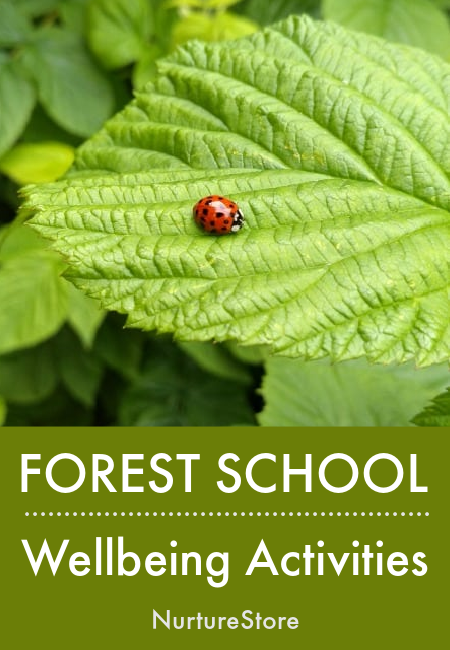
Wellbeing activities for forest school
Sit Spot forest meditation
Try this sit spot mindfulness activity for forest school with your children and encourage peace and connect with nature. A great wellbeing activity to help children focus and relax.
Forest school lesson plans :: how to open the session
Use these ideas to plan a welcoming forest school session that is inclusive and supportive.
16 forest school recipes for easy camp fire food
Join the feast! Here are sixteen delicious forest school recipes that you can cook over a campfire to build connection and community in your forest school class.

Arts and crafts for forest school
Forest school mandala activities
Celebrate nature and create outdoor art with these forest school mandala activities.
Nature Colour Wheel
This nature colour wheel activity is a great way to combine the colour theory of an art lesson with the careful investigation of a science lesson in your forest school outdoor classroom. It comes with a free printable colour wheel too.
Flower crowns
Flower crowns are a lovely nature craft and forest school activity. You can use them on a nature walk to explore the plants you discover along the way and tell the story of your walk through the treasures you find.
Leaf printing
A classic childhood craft – autumn leaf print art is a gorgeous now as it was when we were children. Here are some ideas to add some extra sensory dimensions, and craft ideas that make the most of your lovely leaf prints.
Leaf crowns
Celebrate the season in style with this easy autumn craft for forest school – make a leaf crown!
Twig weaving
Twig weaving combines natural materials and traditional craft to make a beautiful decoration for your forest classroom.
Apple or leaf print gratitude flags
Here’s a Thanksgiving craft for kids that’s fun to make, looks beautiful and sends out positive wishes to the world: Thanksgiving prayer flags.
Percussion stick musical instrument
This is a fun musical activity you can include in a forest school session.
Clay Faces
Here’s a fantastic outdoor art idea that’s perfect for forest school, using natural materials found in the forest to make clay faces on tree trunks.
How to make corn dollies
Reviving a traditional English craft, here’s how to make a corn dolly craft, perfect as a harvest celebration activity for children.
Leaf wreaths
Ten simple ideas for beautiful homemade fall wreath projects, using a variety of gorgeous art techniques, suitable for kids of all ages.
Leaf suncatchers
Make beautiful art taking the idea of leaf art and adding it to my Sticky Picture frames.
Flower petal suncatchers
Combine natural, sensory materials, art, math and a little meditation and make pretty flower mandala designs.
Twig magic wands
Here’s how to make a magic wand from natural materials for imaginary play.
Land art mandalas
This idea for nature mandalas for kids takes its inspiration from spring flowers.
Play dough leaf printing
Celebrate the change in season by adding a forest twist to our easy no cook playdough recipe.
Build stone cairns
Have you ever tried building stone cairns? If you have children who love building towers they’re a wonderful activity to try – combining natural materials, loose parts, construction play and just a little added dash of wow-factor!
Make a fairy land
A favourite spot in our outdoor classroom, this fairy garden design is great for promoting magical imaginary play, and a delight for the senses.
Leaf symmetry art
Let’s learn about leaf symmetry in this STEAM lesson that combines math and art.
Leaf colouring sheet
Use this free printable leaf colouring page as an easy autumn art project to explore pens, paints, pastels and pattens.
Leaf print Christmas tree craft for forest school
This leaf print Christmas tree craft is a beautiful way to make a nature-based Christmas card and a perfect forest school Christmas craft.
Flower printing garden art
Here’s one of our favourite ideas you can use for creative art and crafts based on a garden theme.
How to make mushroom spore print pictures
Learn about the structure of fungi and use them to create art as we make spore prints from mushrooms. A fun and fascinating nature art and science project!

Math activities for forest school
Forest school math activities
Gather your twigs and leaves and use these fantastic ideas for hands-on forest school math stations.
Leaf numbers and counting
These simple leaf math games for preschool let you take your learning outdoors for hands-on fun.
Number stones
Here’s a great idea for outdoor math making numbers stones.
Counting with sticks and playdough
Create this hands-on math game with just a few items inspired by flowers.
Counting with rocks and play dough
Combine play dough and natural materials to teach counting with rocks.
Explore nature shapes
This is a super idea for nature shapes outdoor math activities.
Leaf math games
Make a set of leaf numbers for math activities outdoors.
Nature counting treasure hunts
Here’s a fun idea to take math outdoors using chalk to set up a simple treasure hunt.
Leaf numbers printable
Celebrate the autumn season and fill your lessons with leaf-themed math activities.
Leaf number line
Make a beautiful leaf number line and use it with these ideas for autumn math activities.
Leaf symmetry art
Let’s learn about leaf symmetry in this STEAM lesson that combines math and art.
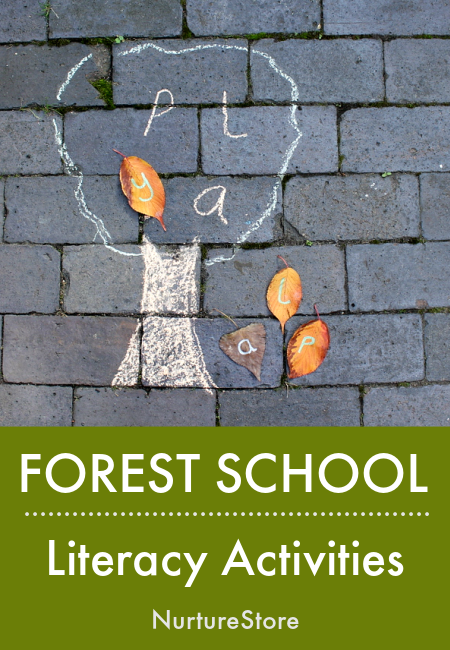
Literacy activities for forest school
Nature Explorers: Forest
This interactive nature journal will get your children reading, writing, drawing and building their forest vocabulary.
How to make a forest nature journal for kids
Use our ideas, prompts and printable nature journal pages to make your own science book: a forest nature journal and a unique record of your time in your local woodland.
Forest school literacy activities
These forest school literacy ideas make use of twigs, leaves and seeds for fun, hands-on letter and spelling activities.
Story Stones
Story stones are a great art project and make pretty ‘loose parts’ toys to use for storytelling and pretend play.
Outdoor ABCs
Five fun ways to practice letters and words while enjoying some time outdoors.
50 favourite children’s books about nature
Grab one of these brilliant books about nature and take your reading outdoors to an amazing outdoor reading area.
Mud pie alphabet
How to make a glorious mud pie alphabet.
Leaf letters printable
This leaf alphabet printable is great for letter games, learning the alphabet, and spelling out words. Download the leaf printable and try out these forest-themed literacy activities.
Twig pens and sensory mark making
Set up a fall writing center with this forest-themed sensory writing tray and twig pen.

Plant activities for forest school
Forest school treasure hunt printable
This forest treasure hunt printable for kids is a great way to make the most of your visit to the forest. Prefect for families, forest schools, and outdoor community groups.
Learning about trees
Use this tree lesson plan to learn about the different types of trees in your forest.
Blackberry picking guide
Here’s a simple blackberry picking guide for children, along with a blackberry nature journal printable you can use to learn all about these delicious, seasonal fruits.
Elderberry picking guide
Show your children how to identify and forage for elderberries and cook up some delicious elderberry syrup.
Wild garlic picking guide
Learn how to forage for foods in season in spring, how to identify wild garlic, and try this deliciously easy recipe for wild garlic pesto. Includes a free printable wild garlic nature journal page.
Learning about apples
Let’s learn about apples with this apple lesson plan, apple investigation, and easy apple recipes.
Apple taste test lesson and printable
Use this printable apple taste test sheet to learn about apple varieties and discover which apple is your favourite.
Hawthorn foraging guide for children with hawthorn tea recipe
Use this foraging guide for children to learn how to identify hawthorn and try these easy hawthorn recipes.
17 easy nature walk ideas for children
Nature walks with children are a key forest school activity. Try these easy nature walk ideas to get to know the plants, animals and changing seasons.
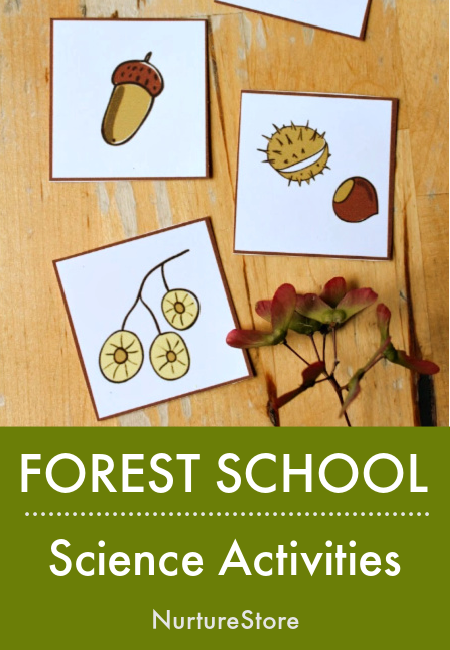
Science activities for forest school
Nature Explorers: Forest
This interactive nature journal will get your children reading, writing, drawing and learning as they create a unique science book about their own forest.
What is a biome? lesson for children
Introduce your children to biomes with this simple biome definition. Learn about the key world biomes and focus in on the three forest biomes, including where the are located and which animals and plants you can find there.
Leaf and seed cards
Let’s get to know leaves and seeds. Use these free printable three-part leaf and seed cards with these eight forest school activities to get to know your trees.
Deciduous forest food chain lesson
In this forest food chain lesson for kids you can teach your children about the forest food web using these printable animal and plant cards.
Cloud activities and printable ID cards
Let’s learn how to identify clouds as part of our learning about the weather unit.
Make a weather station
Here’s how to make a rain gauge to include in a forest weather station.
Bug Hotel
Use this guide on how to make a bug hotel as an animal conservation project.
Flower nature study
A complete unit of daffodil lessons for spring: use these resources to learn about daffodils and the parts of a flower, create daffodil arts and crafts, study the famous daffodils poem by Wordsworth and create your own, plus bonus printables!
Growing seeds experiment
In this growing seeds experiment we’ll be investigating seeds, and comparing bean and pea seeds as they germinate and begin to grow.
Weather Spinner printable
Let’s make a weather chart! Download this free weather spinner printable and learn about the climate in your outdoor classroom.
Autumn nature walk printable
Use this autumn nature walk treasure hunt printable as a nature spotters guide.
Nature table
Use these ideas to create a nature table discovery centre with your children that invites them to explore the forest with all their senses.
Easy forest school activity :: ten things in ten minutes
Need a quick forest school activity? Try this ten things in ten minutes investigation.
Parts of a tree lesson with printable
Learn about the parts of a tree with this free printable and tree lesson ideas – a great forest school lesson for any time of year.
How to use a nature journal with children
This guide to nature journalling will help you start your own nature journal. It includes ideas on what to include in a nature journal plus links to nature journal prompts and printable nature journal pages.
17 easy nature walk ideas for children
Use these themed nature walk ideas to study the plants, animals, and environment around you.
Printable forest animal picture cards
Let’s learn about the forest biome with these printable two-part forest animal and plant cards.
How to make a forest animal small world play set
Learn how to make a forest small world using loose parts and natural materials plus find out how you can get a set of forest animal model printables to play with. We’ll talk about how to use small worlds as a science activity, and how small world play develops language skills.
Wolf facts for children
Learn these fun wolf facts for children and download the printable wolf information sheet for your nature journal. Plus make your own wolf model using our cut-out printable puppets of forest animals.
Recommended
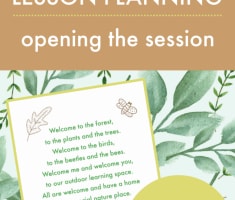
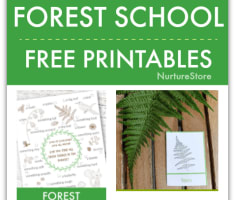
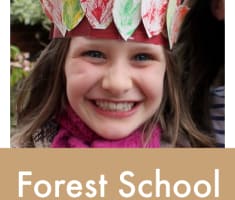
Childhood should involve countless hours chasing fireflies, making mud pies, and building forts. These are the essential elements of the childhood experience—not devices and crammed schedules.
We’ve screened every suggested activity with a “real life” filter taking into account busy schedules, competing screen time, the gargantuan effort it can sometimes take to get kids outside.
(Click to find activities in these categories)
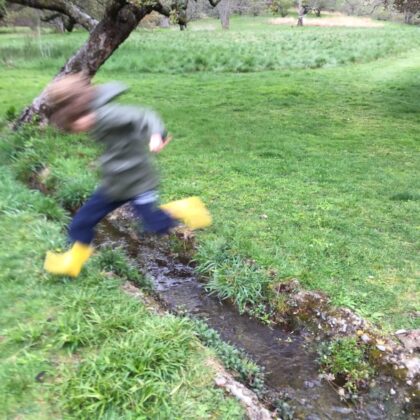
10 Family Outdoor Activities to Do This Weekend
Spending time outdoors as a family is a great way to bond, have fun, and...
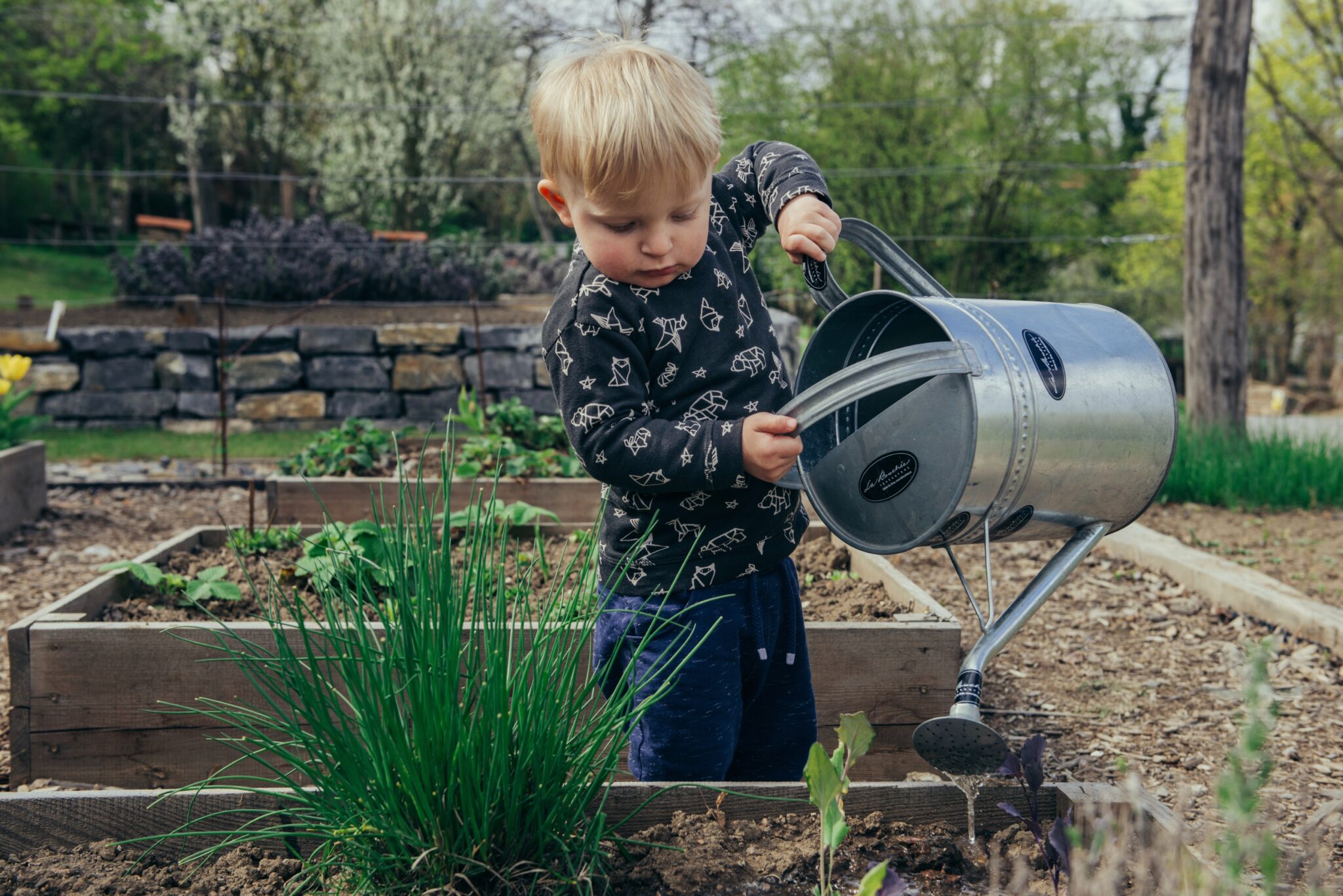
How to Start a Community Garden with Your Kids
Community gardening is an excellent way to bring people together and promote sustainable, healthy living....

Nature Scavenger Hunt for Littles
If there’s one thing about toddlers and young kids-they sure are busy little people! That’s...
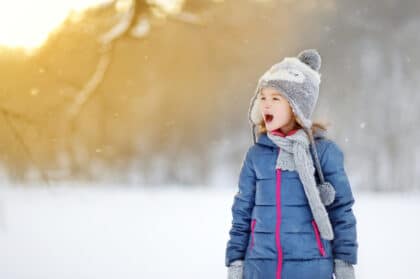
They fall from the sky, capturing our awe- snowflakes. These tiny, beautiful shapes are gifts...
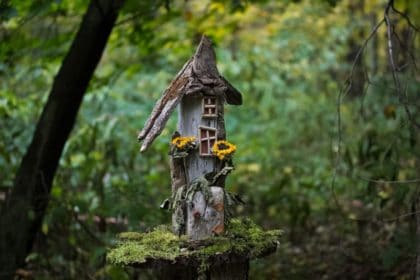
“If I had influence with the good fairy who is supposed to preside over the...

This fun and easy project is also an excellent way to spend some time outdoors...
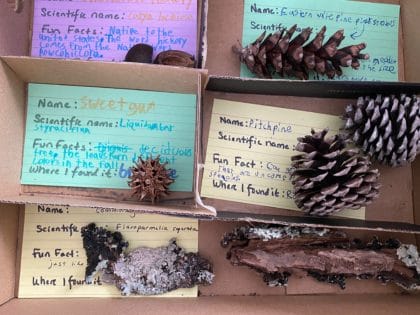
Build a Homemade Natural History Museum
The physical and mental benefits of taking a walk or hike in nature are reasons...

The Essentials of Nature Journaling
If there is one new habit your children should adopt, it’s nature journaling. Nature journaling...
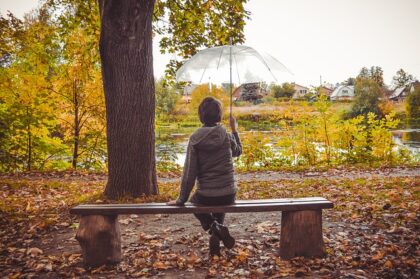
Nature is inspiring. But rain, nature’s way of refreshing everything, is miraculous. When rain is...

The Dos and Don’t of Feeding Birds
Nature offers us the most precious and vital gifts each and every day. But one...
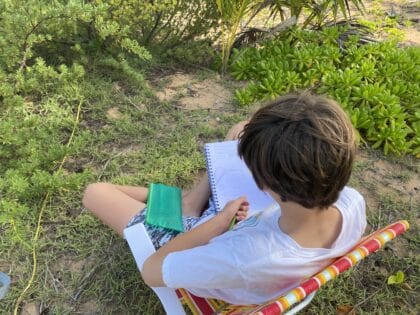
Nature Journaling for the Mini Naturalist
Often parents tell us that, even though they are taking their kids outside, they aren’t...
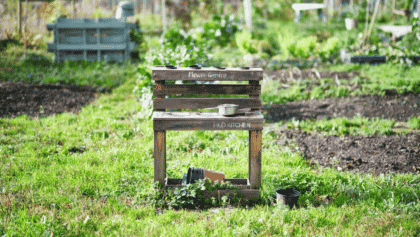
Mud Kitchen Fun: A Kitchen Meant to Be Messy!
An imagination-sparking outdoor activity that keeps kids busy outside for hours is playing with a...
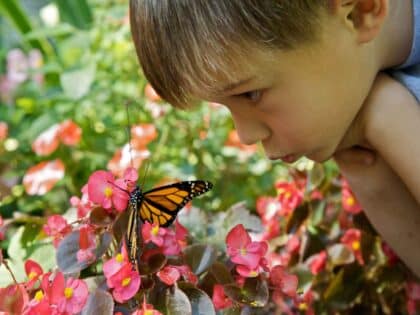
The Secret to Spotting Butterflies with Your Kids
Bursts of color and beauty, butterflies are a delight to behold. And as they play...

Ways to Celebrate Earth Day with Kids
Earth Day is an excellent time to focus on nature and the importance of a...

12 Fun Ways for Families to Explore Nature this Spring
Ah, Spring. The days grow longer and warmer. The critters are once again flitting and...
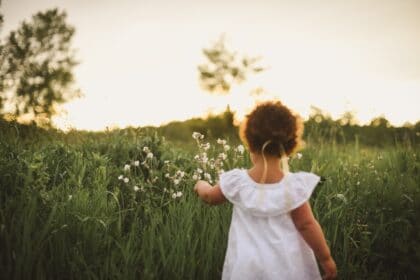
Let’s Go on Spring Bloom Hunt!
Spring is a true gift from nature. After a long and hard winter, people and...
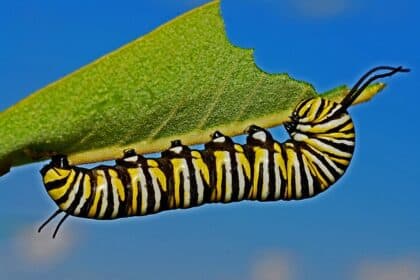
Why Your Yard Needs More Caterpillars
They’re fat, colorful, and full of carotenoids. And they may just be the key critter...
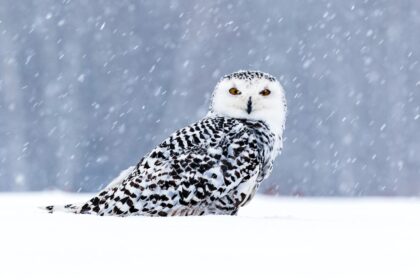
This post is about one of our absolute favorite parts of nature: owls. Have you...
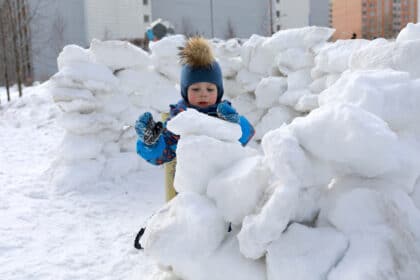
Building a snow fort or a snow cave is one of those winter outdoor activities...

How to Be a Winter Detective
Like us, the natural world runs at a slower pace in the winter. Fewer creatures...
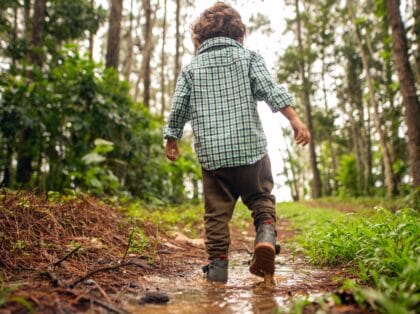
Nature Detective: Identifying Scat
It’s not the most glamorous topic but scat, or poop left behind by an animal,...
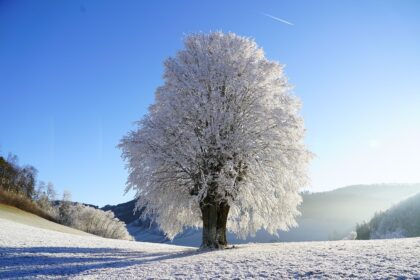
How to Determine the Age of a Tree
If you’ve visited this site in the past, you know that we are nature aficionados...

Our Favorite Family Winter Activities
If yours is an outdoor family, you know that when the temperature drops, the fun...
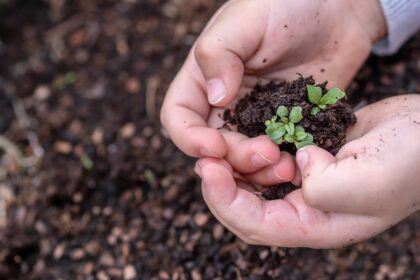
Nature Beneath the Surface: Sampling Soil
It’s the outermost layer of our planet, made of up rocks, decaying plants and animals....Read More
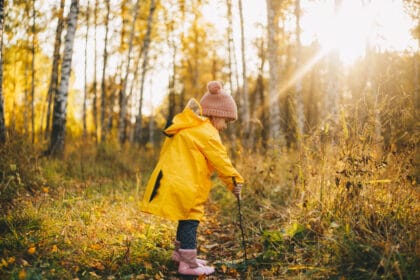
We’re Going on a Mushroom Hunt
Mushrooms are of course one of the most fascinating creations that are literally under our...
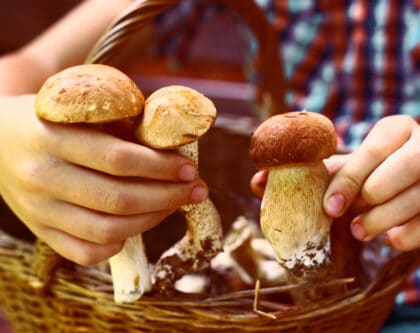
There’s Something About Fungi
Fungi. Even the name sounds yucky. They can cause our foods to spoil, may cause...

Build a Better Bat House
Bats are struggling with survival because many of their natural roosting places are being damaged...

5 Item or Less Nature Crafts
Exploring nature through art and crafts is an excellent way for a child to develop...
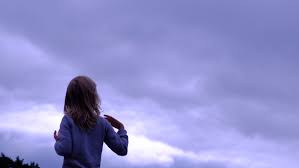
Decoding Clouds: Cloud Spotting
Your child can learn a lot about the natural world by watching clouds, an activity...

A Cloud Meditation
Your child can calm their body and mind with the help of the clouds above....
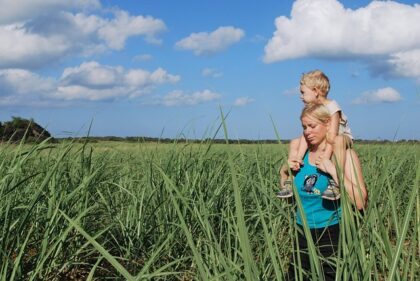
Exploring Nature with Children: Secrets of Clouds
Often, when we think about exploring nature with children, we look for green spaces. Parks,...
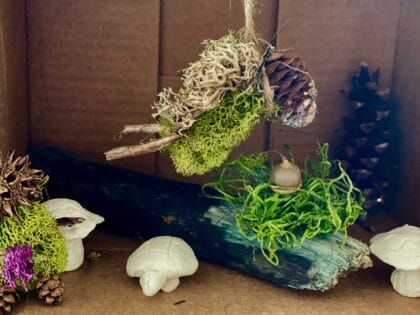
Loose Parts Creatures & Dioramas
It’s fall. The season when loose parts from nature are literally falling at our feet....

Make a Cheap, Easy Fall Bird Feeder
Making your own pine cone bird feeder with your child is an easy, inexpensive project...

Urban Naturalist Bootcamp for Kids
With over half of the world population living in cities, and more becoming urban every...
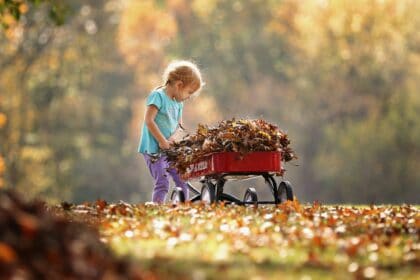
Exploring Nature with Children: Our Favorite Fall Activities
The lazy, hazy days of summer are becoming a distant memory and the weather is...

Lavishing our Attention on Leaves: Leaf ID Journaling
Leaves. We see them every day, nearly everywhere we go. In fact, we’re so accustomed...

Exploring Nature with Children: Make a Moss Terrarium
If you and your child are ready to explore the magical world of moss, creating...
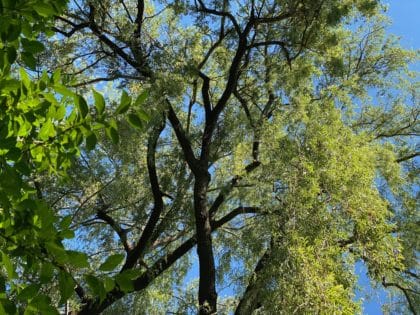
More of us are heading outdoors to feel healthy and free in nature lately, particularly...
Tags
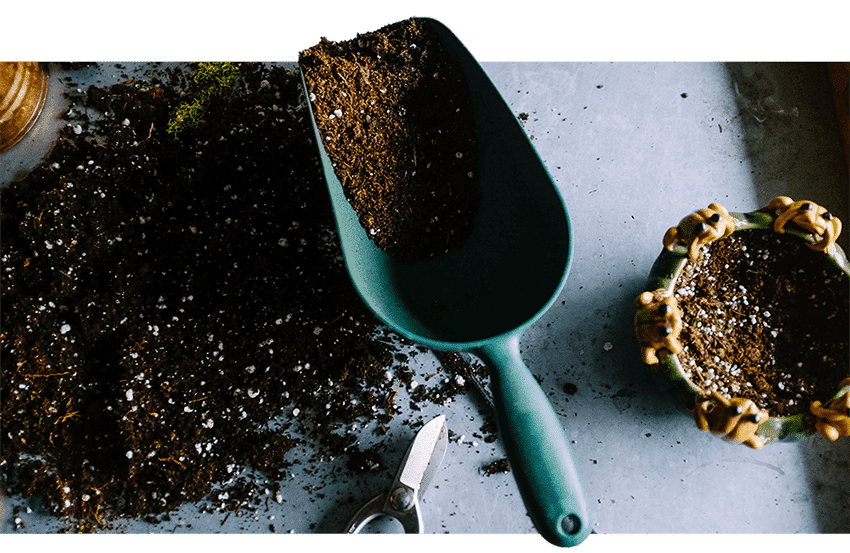
Yes, It’s Time to Compost with Your Kids
With social distancing still in play, this is a great time to start some backyard...

Listening to the Sounds of Silence
A walk in nature can provide the perfect dose of rich sensory information that can...
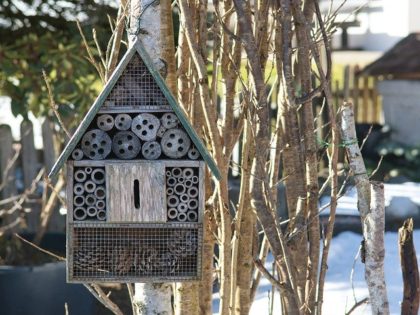
Build a Bug Hotel
Because of humans, insects are facing devastating declines. Industrial farming, use of pesticides, habitat loss...
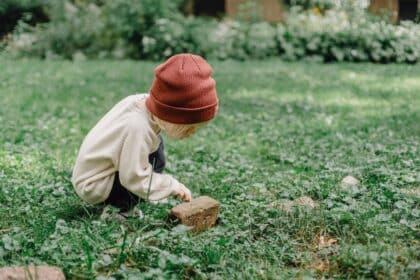
With their numbers in serious decline worldwide, insects are in serious trouble. It’s more important...

Create a Tiny, Indoor Garden
If connecting to nature is what you seek for your children, very few activities can...
Celebrate Nature with Art
Creating art from the natural world is a wonderful way to encourage your child to...
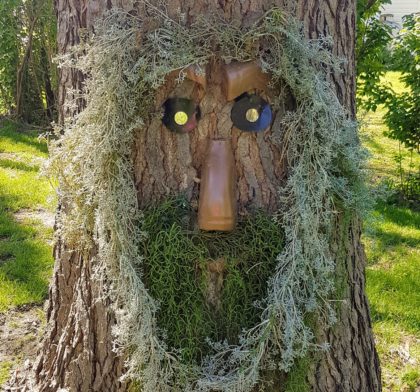
Make a Tree Smile (or Snarl)
Living anywhere from less than 100 years to more than a few thousand years, trees...
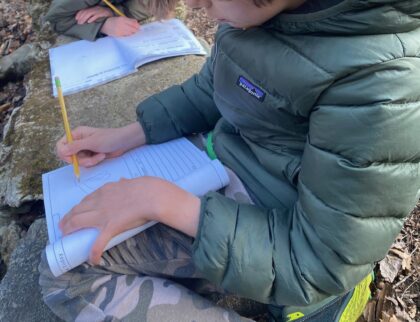
Your Child, Nature Poet
Our lives have never been so pared down. To stop the spread of coronavirus, many...
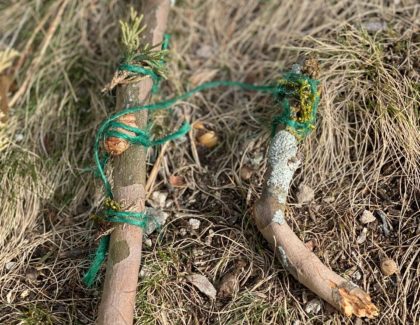
If your family hike suggestions are met with a lack of enthusiasm, or if your...

Nature + Social Distancing. Perfect Together
Living through a global pandemic that restricts our social interactions and even requires quarantining is...
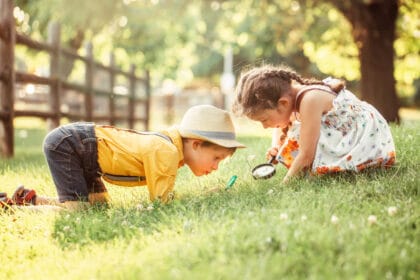
One thing is certain of your child’s nature education: it’s infinite. Just think of this...
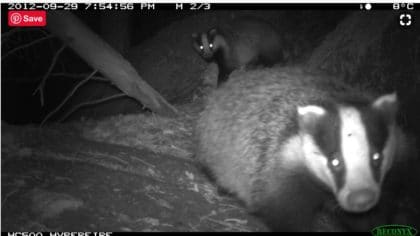
(Camera) Trap Mammals to Catalogue Biodiversity
If your kids love furry critters, encourage them to bring that passion to the scientific...

Measure the Brightness of the Night Sky
Two-thirds of the U.S. population and more than one-half of the European population may have...
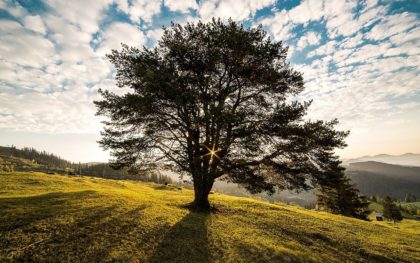
Become a Tree Expert in a Snap
Teach your child that “smart” phones really can be smart and helpful by taking photos...
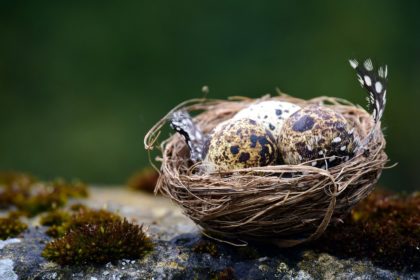
What could be more exciting to a child than discovering eggs in a nest, and...
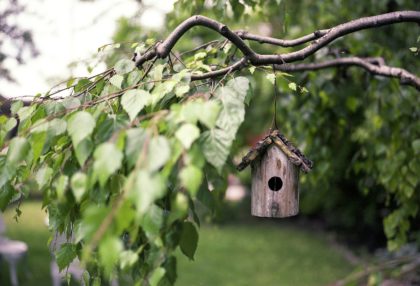
Help Cornell Scientists Study Birds
Citizen Science project FeederWatch turns a child’s love of feeding birds into scientific discoveries. FeederWatch...
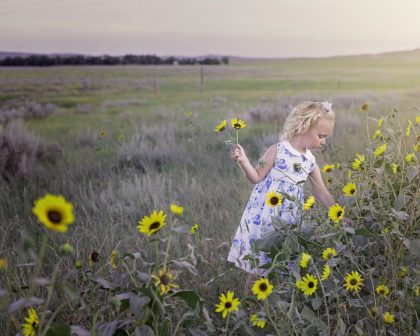
Count Pollinators for Scientists
Over the past few years, scientific studies have suggested that both honey bee and native...
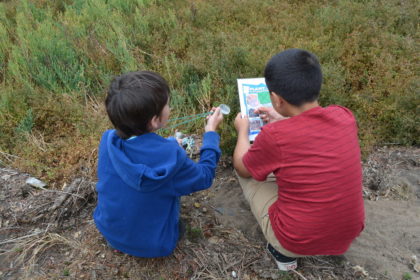
Family Nature Bingo!
If your family has committed to spending time in nature together this year, the next...

Holiday Gifts & Decorations Made by Nature (& little hands)
Nature holiday crafts are a fun way to spend time with your child. But perhaps...
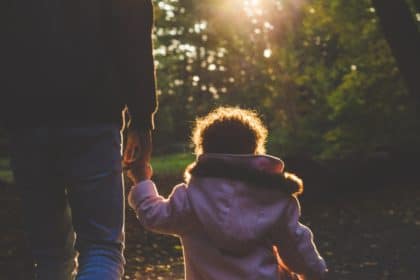
Forest Bathing: Listening to the Trees and Bowing to the Flowers
There are many ways for kids to benefit from being outdoors, from gardening outside on...
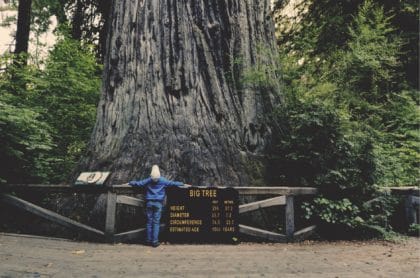
Befriending a tree is a great way for your child to learn about one of...
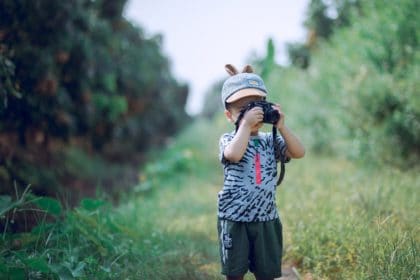
How to Make a Nature Film with Your Child
Making a nature film is an excellent way for your child to learn about and...
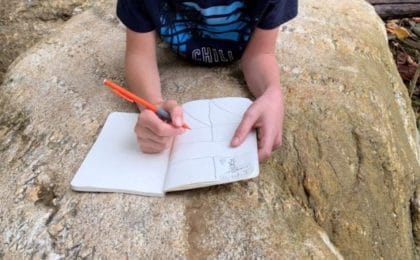
Sit Spots & Noticing the Details Writing
One of the best ways to tune into the natural world is by spending time...
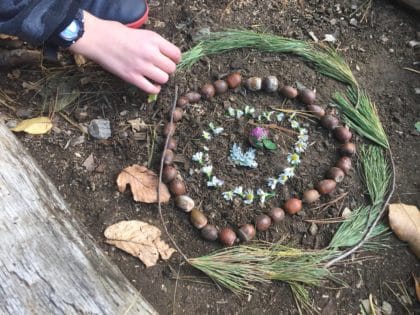
Mandalas: A Practically Perfect Form of Nature Art
A beautiful, spiritual and simple way to explore nature creatively is to make mandalas together...

How to Look Like a Pro at Nature Art & Crafts
Nature art and nature crafts are great ways to get your kids outdoors, observing nature,...
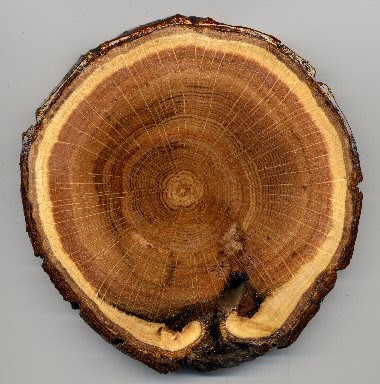
Easy Nature Play with Tree Cookies
Play is really the work of childhood- Fred Rogers As parents, we should encourage as...
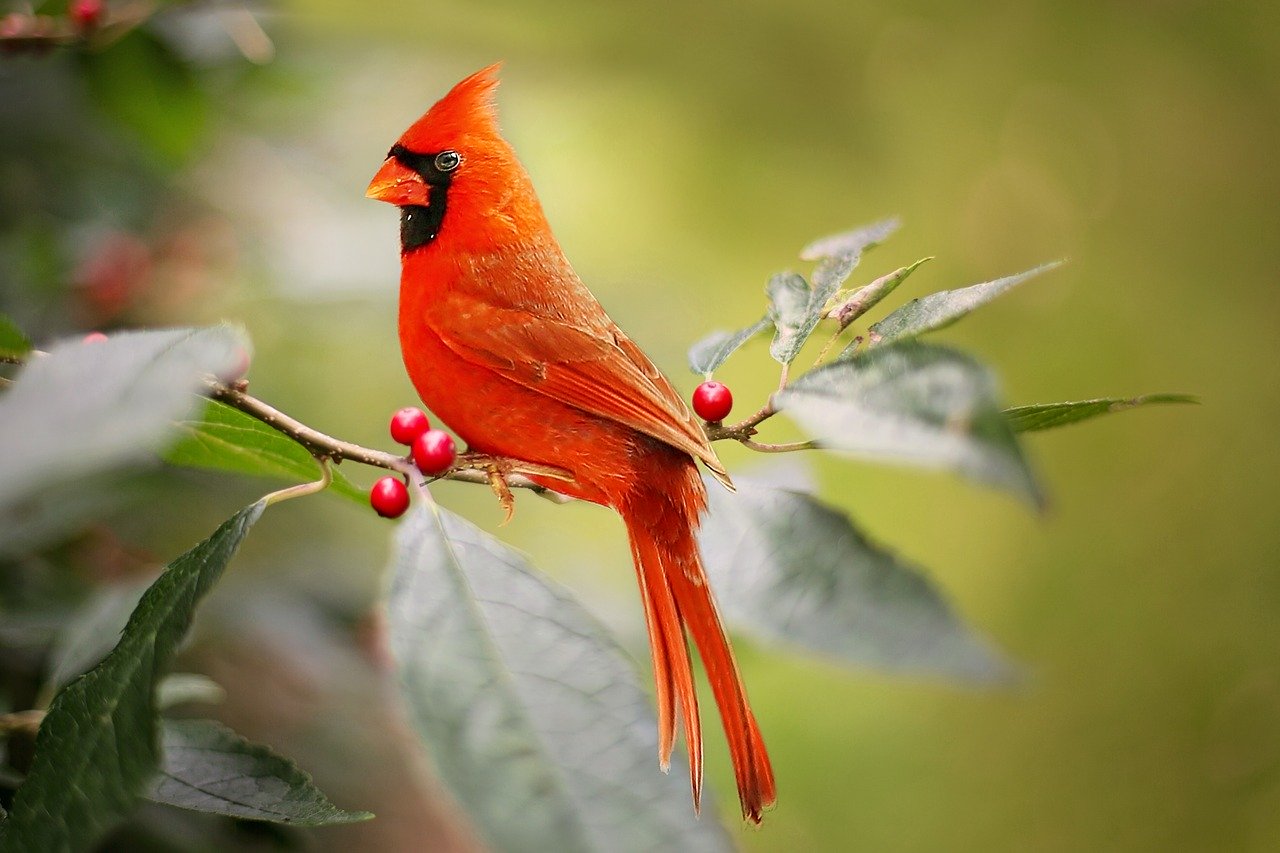
How to Start Birding with Your Kids
Birding can be a wonderful lifelong hobby that allows kids to build patience, concentration, powers...

How to Set up a Nature Scavenger Hunt
The suspense. The thrill. The discoveries. What kid doesn’t LOVE a scavenger hunt. Setting your...
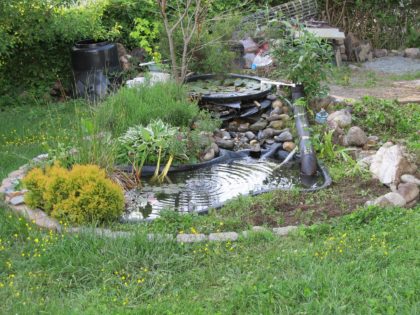
DIY: Build a Pond for Wildlife
It’s small. It’s simple. And it’s likely to become a favorite spot for nature observation...
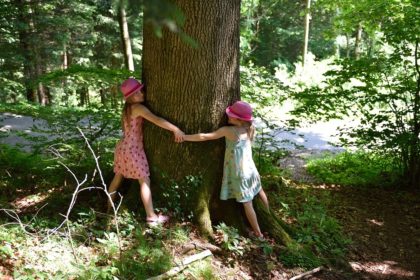
Nature Mapping the School Grounds
Adopting the perspective of a wild animal can help children experience the outdoors in a...
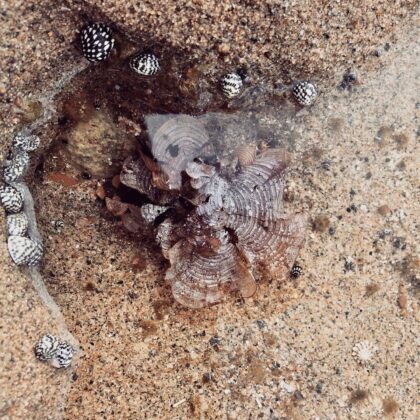
Explore a Tidepool
Nature’s aquariums—tide pools are places of wonder and discovery. Your child will be fascinated by...

A Summer Nature Bucket List
Ah, summer! Some may say the ideal season for the outdoors. And even though we...

Stargaze
Stargazing with kids is a fun way to enjoy the night sky and nurture...

The Dying Art of Tree Climbing
Tree climbing is dead. What was once a staple of childhood is now disappearing. We...
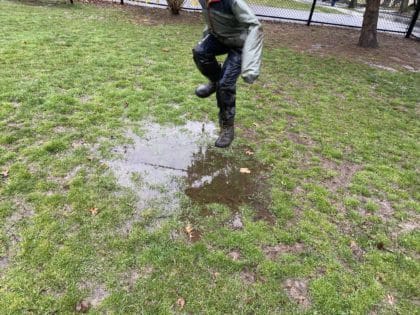
Have a Day of Mud Play
The verdict is in. Mud and dirt are good for kids. The germs are needed...
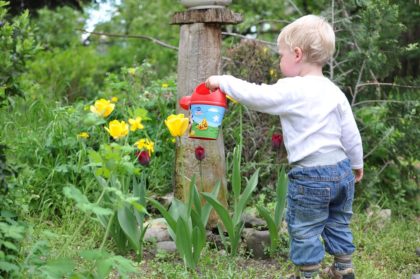
How to Design a Sensory Trail & Garden
The outdoors naturally challenges a child senses with its many sounds, smells, textures, temperatures and...
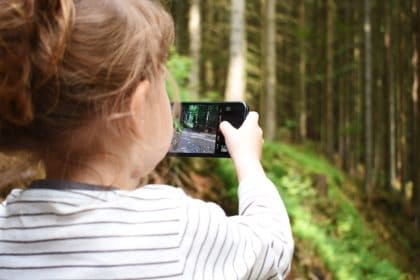
Why Your Child Should Try Nature Photography
If your child insists on grabbing for your smartphone, put it to your advantage and...

Go #30Days Wild
The UK-based Wildlife Trusts is truly an organization to check out, if you live in...
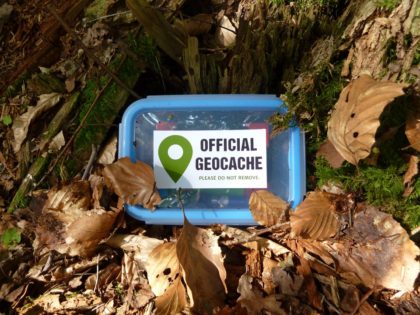
Join the World’s Largest Treasure Hunt
Looking for a fun thing to do outdoors with kids? Try geocaching. This outdoor activity...
How to Build a Stick Fort
It turns out that building forts, hideouts, and playhouses are part of the way that...

Identify Animal Tracks In Your Backyard & Beyond…
Studying prints left by animals is an ancient activity that was first practiced by those...
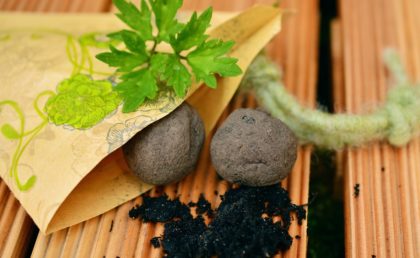
Make Seed Bombs
Seed Bombs. These words are sure to get your child excited enough to put down...
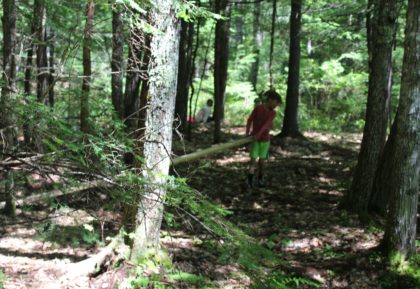
Set up a Loose Parts Playground
They’re cheap or free. They engage a child’s creativity and encourage peer play and social...
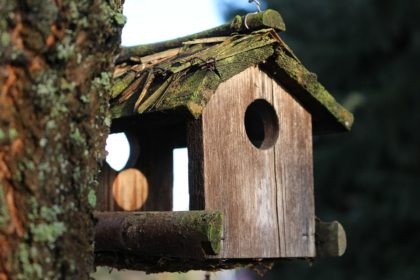
Build a Housing Complex for Birds
Building a birdhouse (or a bird complex) is an excellent way to teach your child...
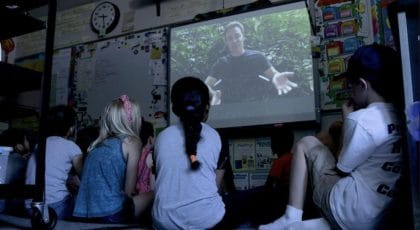
Connect with an Explorer
Let your child’s teacher know that they can put “smart” screens to good use! National...
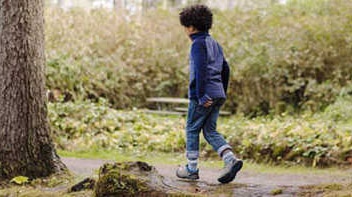
Nature Map your Neighborhood
Leave Google Maps at home and ask your child to create a natural map of...
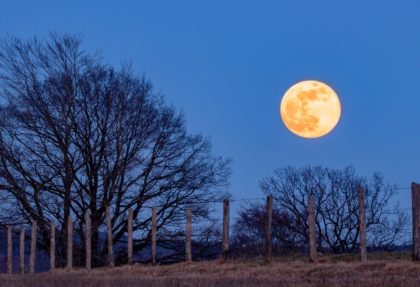
A walk under the moon is a great way to spend time together as a...

Become a Junior Forest Ranger
If your child doesn’t know who Smokey the Bear is, here’s their chance! The US...

Adopt your Favorite Species of Wildlife
Symbolically at least because wildlife, of course, belongs outside, not as pets. National Wildlife Federation’s...

Create a Backyard Wildlife Sanctuary
Your backyard can become a haven for birds, butterflies, and other wildlife. And turning your...
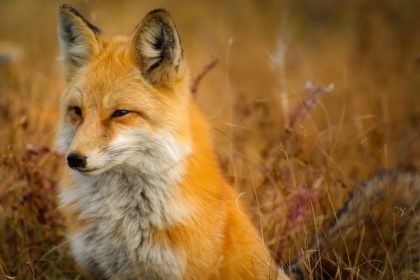
Capture Wildlife through the Lens
Teach your kids to stop and observe wildlife and photography skills by taking part in...

Become a Firefly Watcher
What could be more mesmerizing and magical on a summer evening than watching fireflies light...
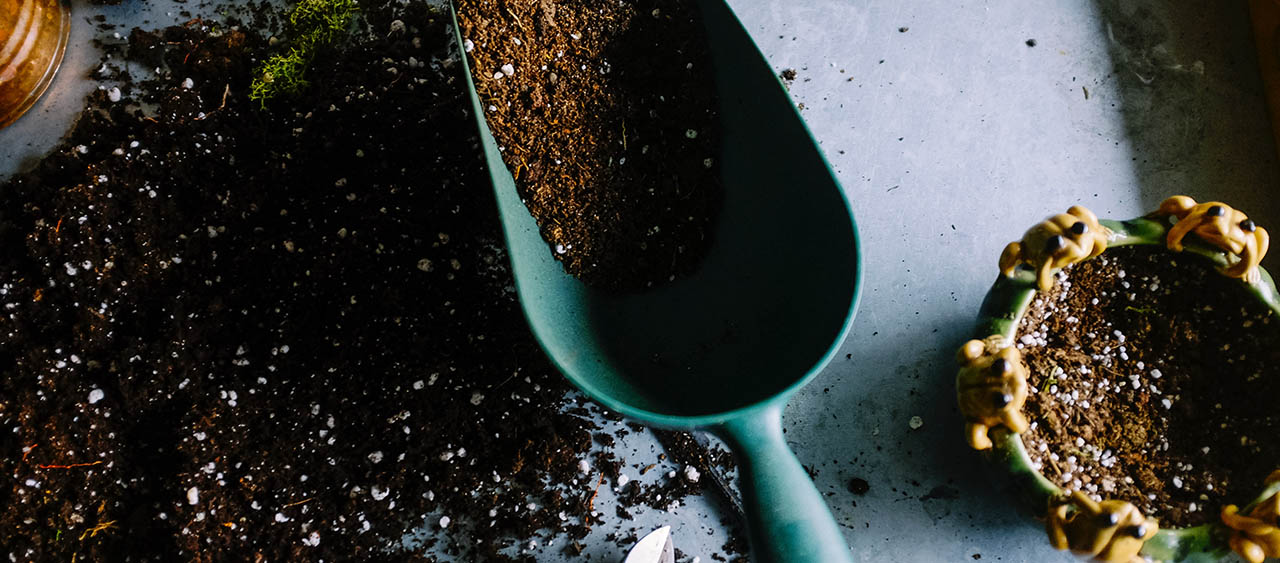
Volunteer at a Community Garden
Need a great way to keep nature on the calendar? Grab the kids and make...

